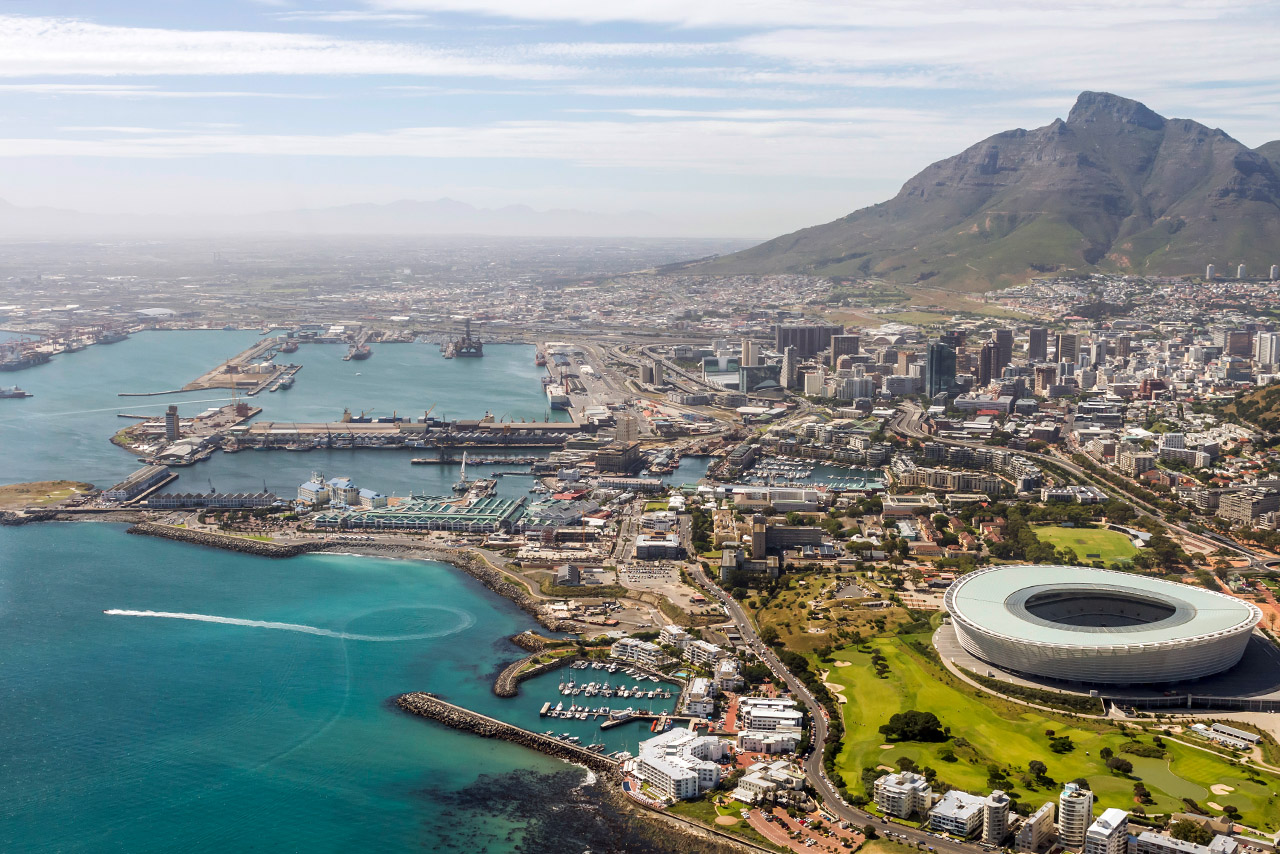
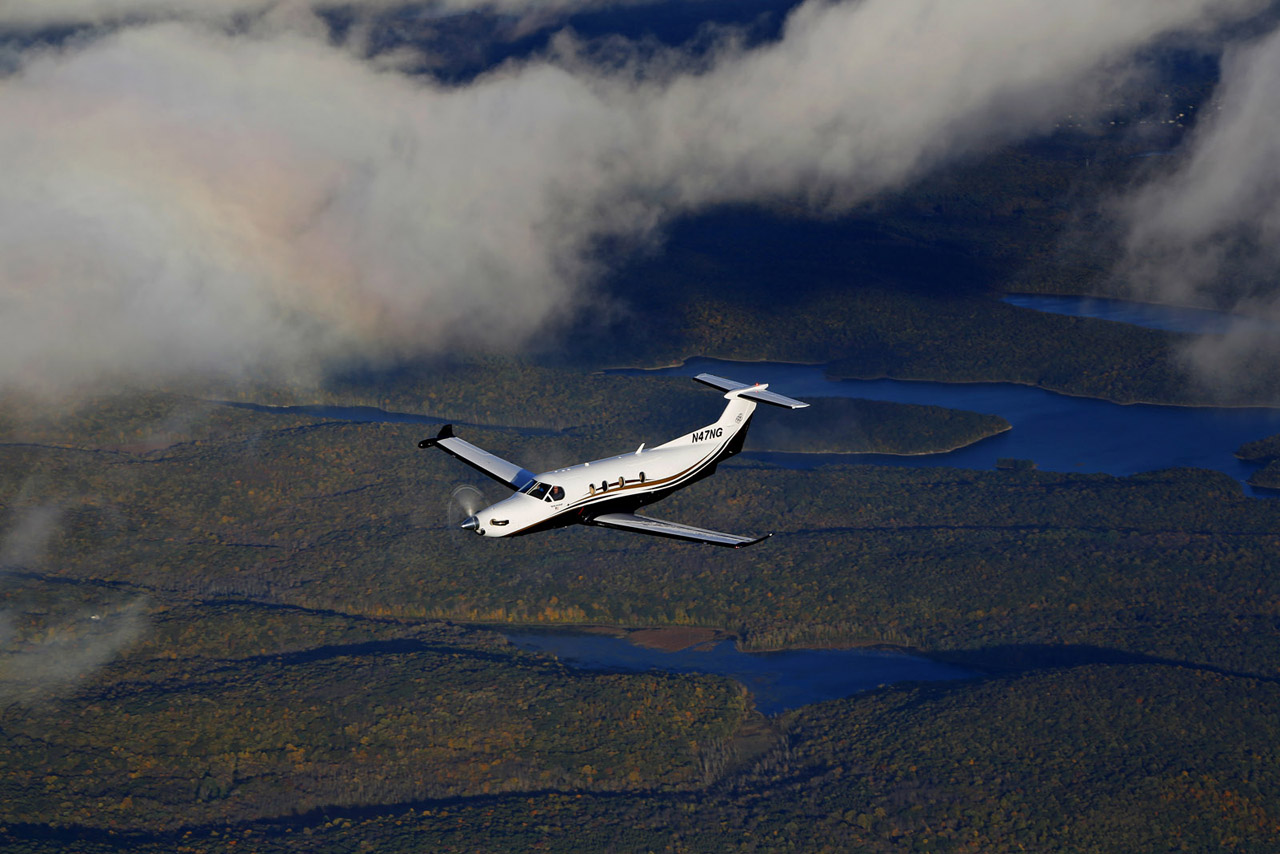

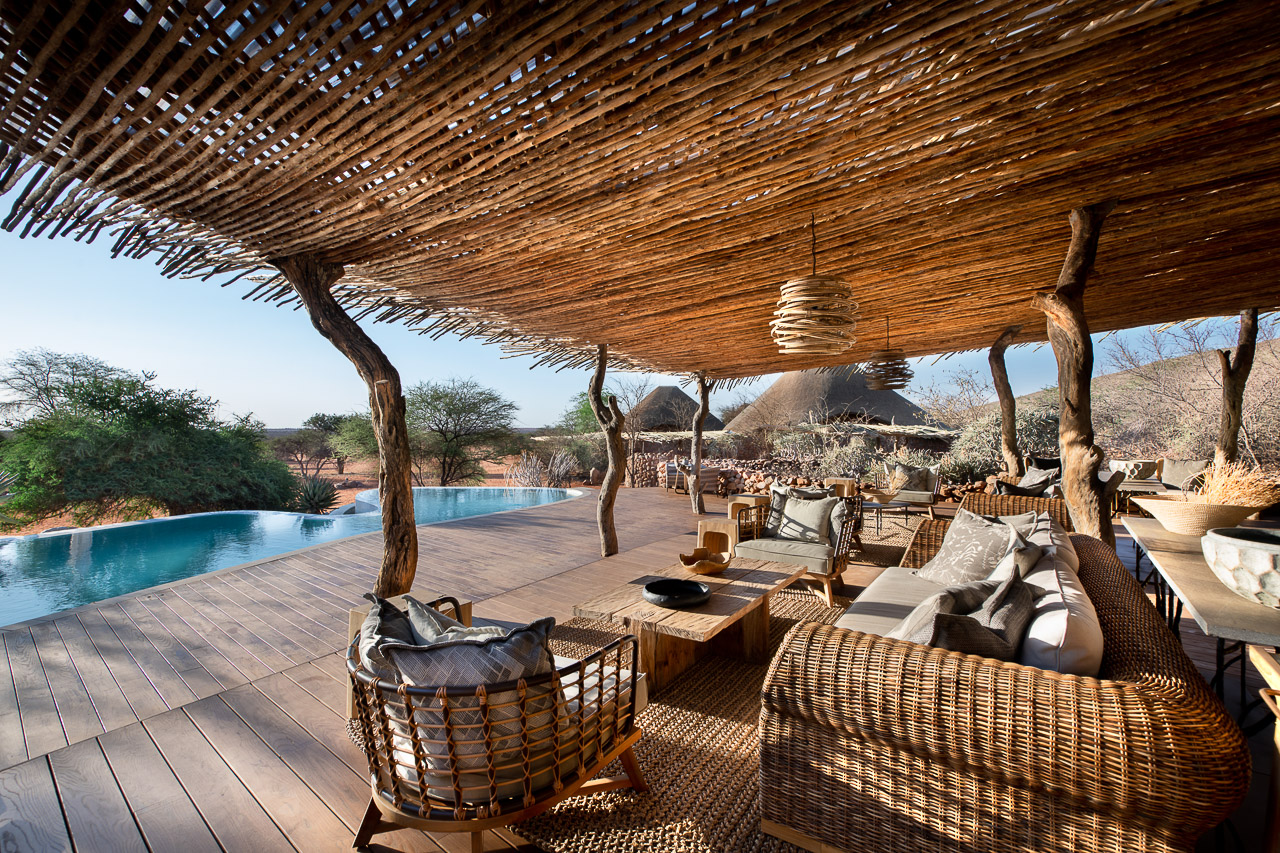
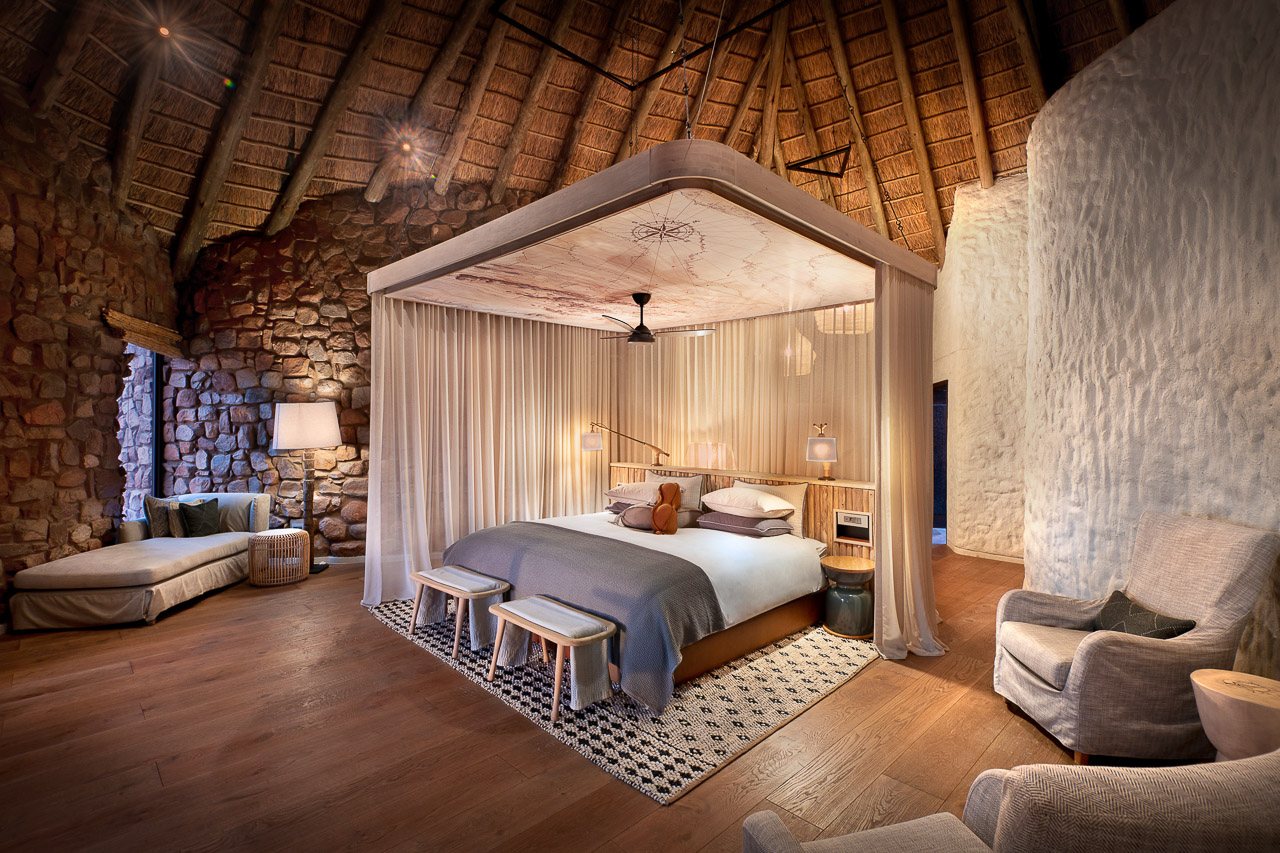
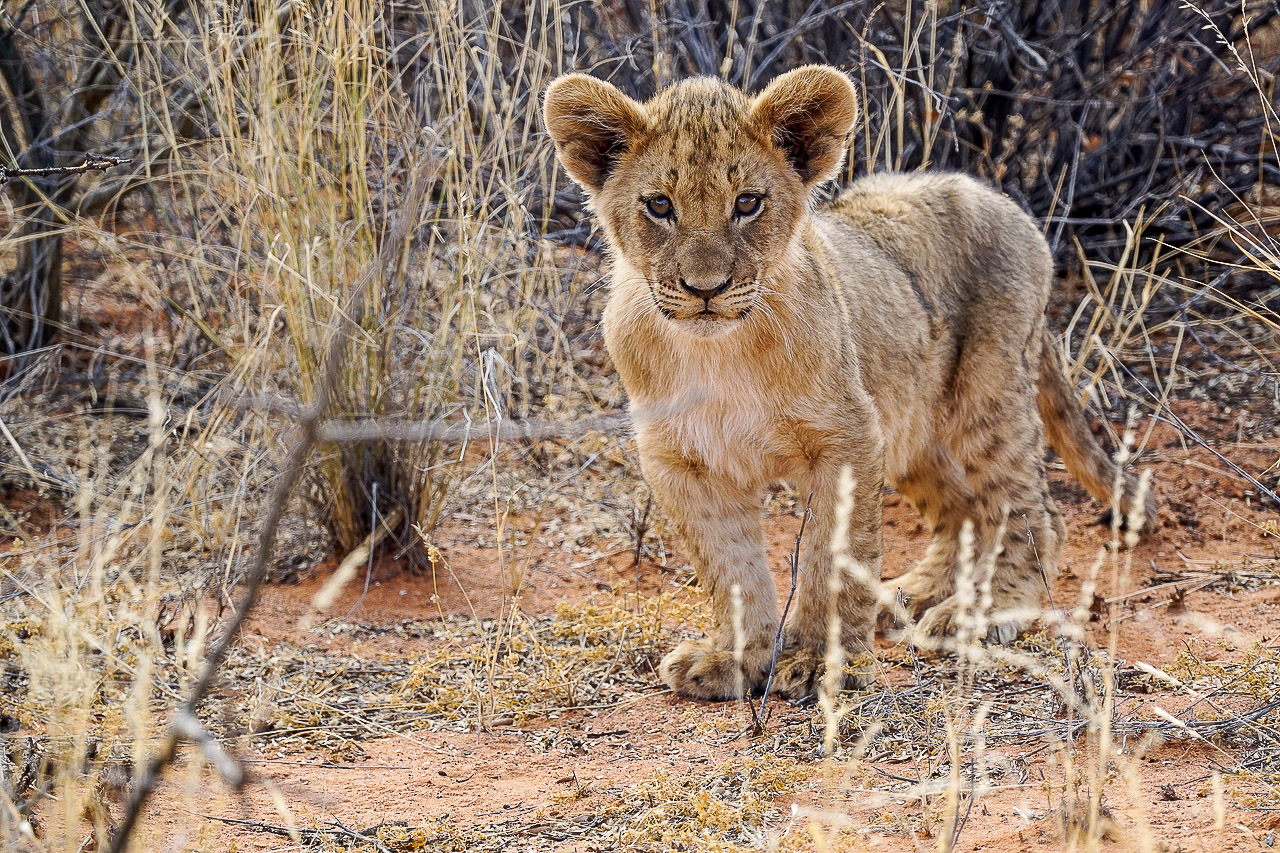
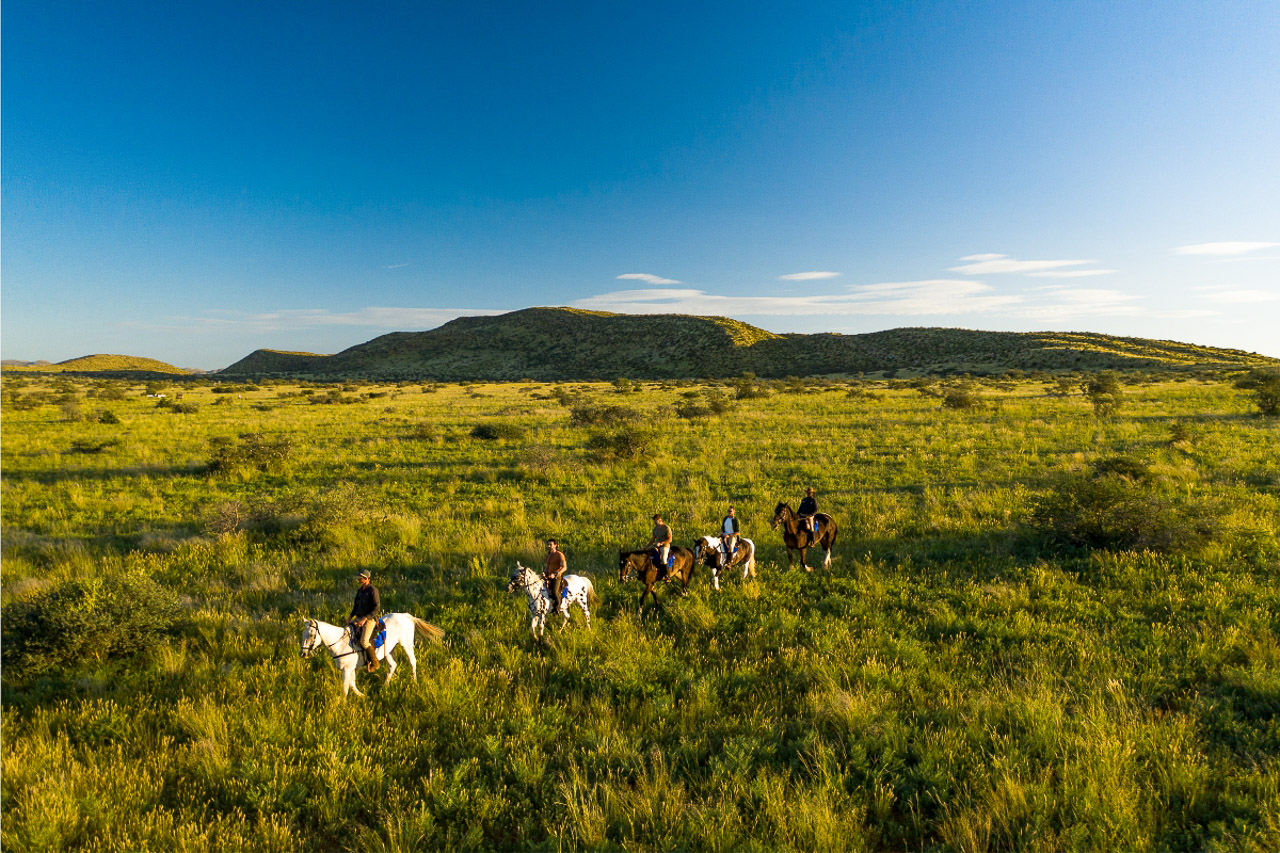
Accommodation
Motse Camp is Tswalu's main property and offers nine spacious suites, three of which are family suites, each with two bedrooms and two bathrooms separated by a lounge. All suites are equipped with large beds and mosquito nets, a modern bathroom with bathtub, indoor and outdoor showers, lounge, private terrace, open fireplace and air-conditioning (the weather is hot from October to April).
The main building has numerous lounge areas, a swimming pool, an outdoor restaurant with a terrace where guests can enjoy al-fresco meals if the weather is fine and warm, and an indoor dining area for cooler days. A boma is the setting for a traditional dinner or barbeque; meals may also be served in the privacy of guests' rooms upon request. The small, well-appointed spa offers a good choice of treatments. Our dedicated chefs cook up a mealtime selection that contains something to please all palates.
Somewhat hidden on the vast grounds of Tswalu, the team of Klein JAN Restaurant around Chef Jan Hendrik van der Westhuizen's awaits you. From a stay of two days, dinner in the restaurant is included - let yourself be surprised!
If you would like to spend a night under the open sky, book the Malori Sleepout An open tent stands on a platform in the middle of the Kalahari, with comfortable beds of course, but with an open-air bathroom and a large deck where dinner is served under the stars in the evening.
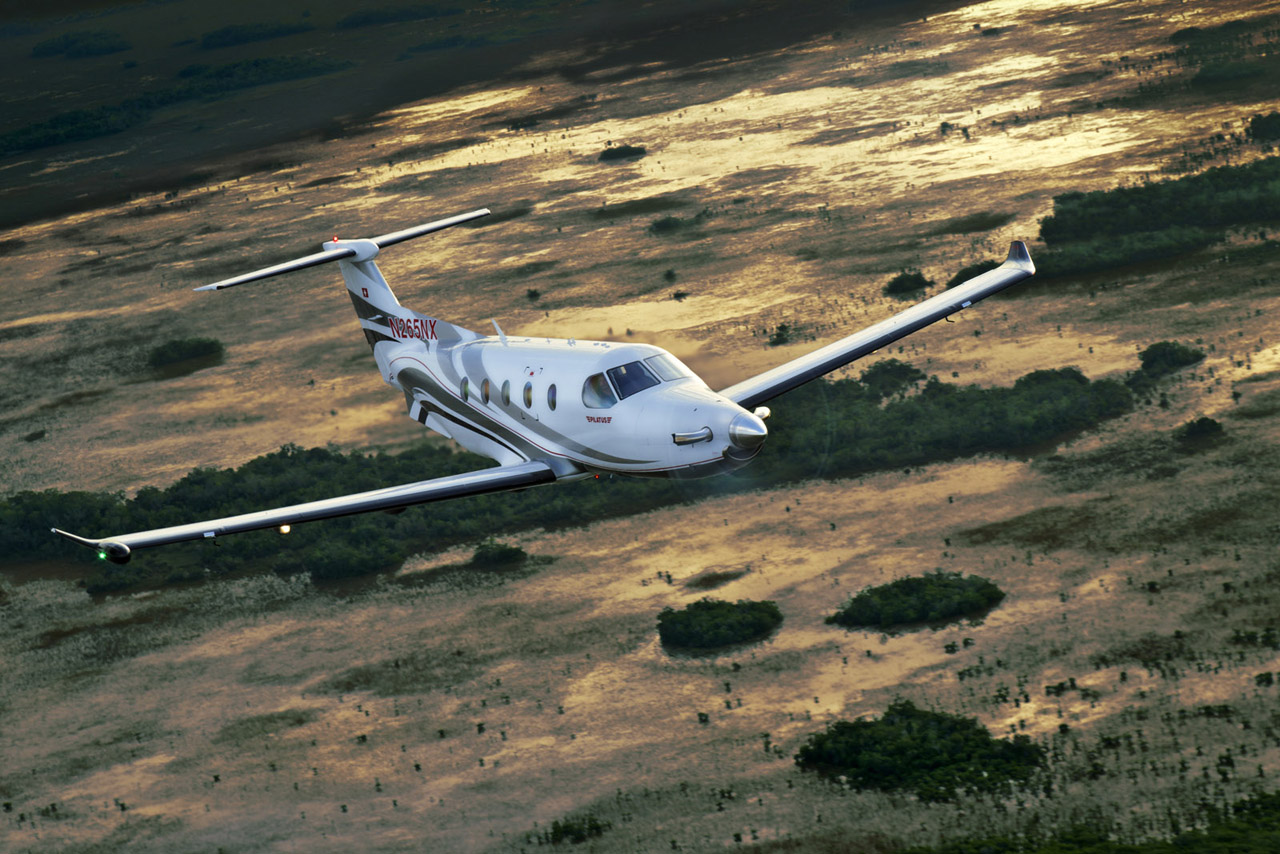

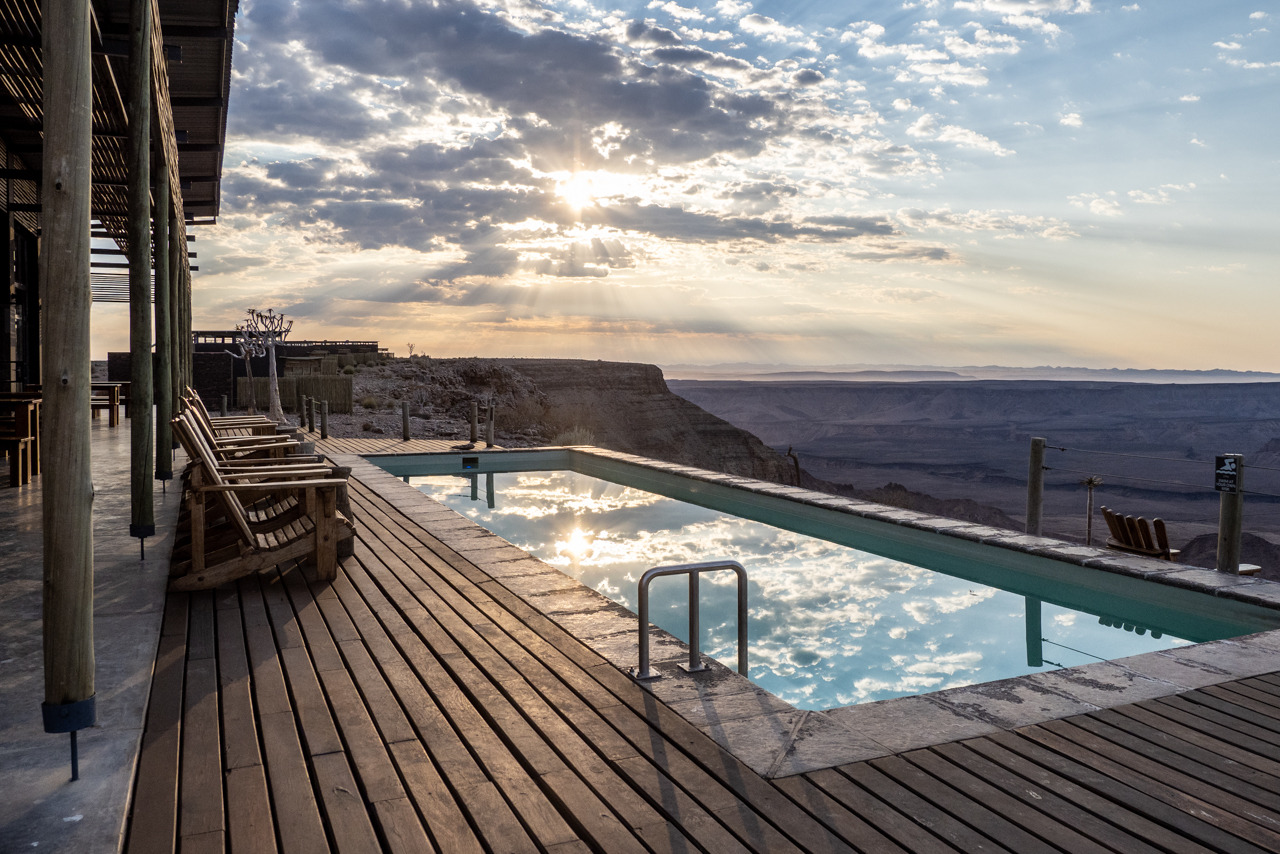
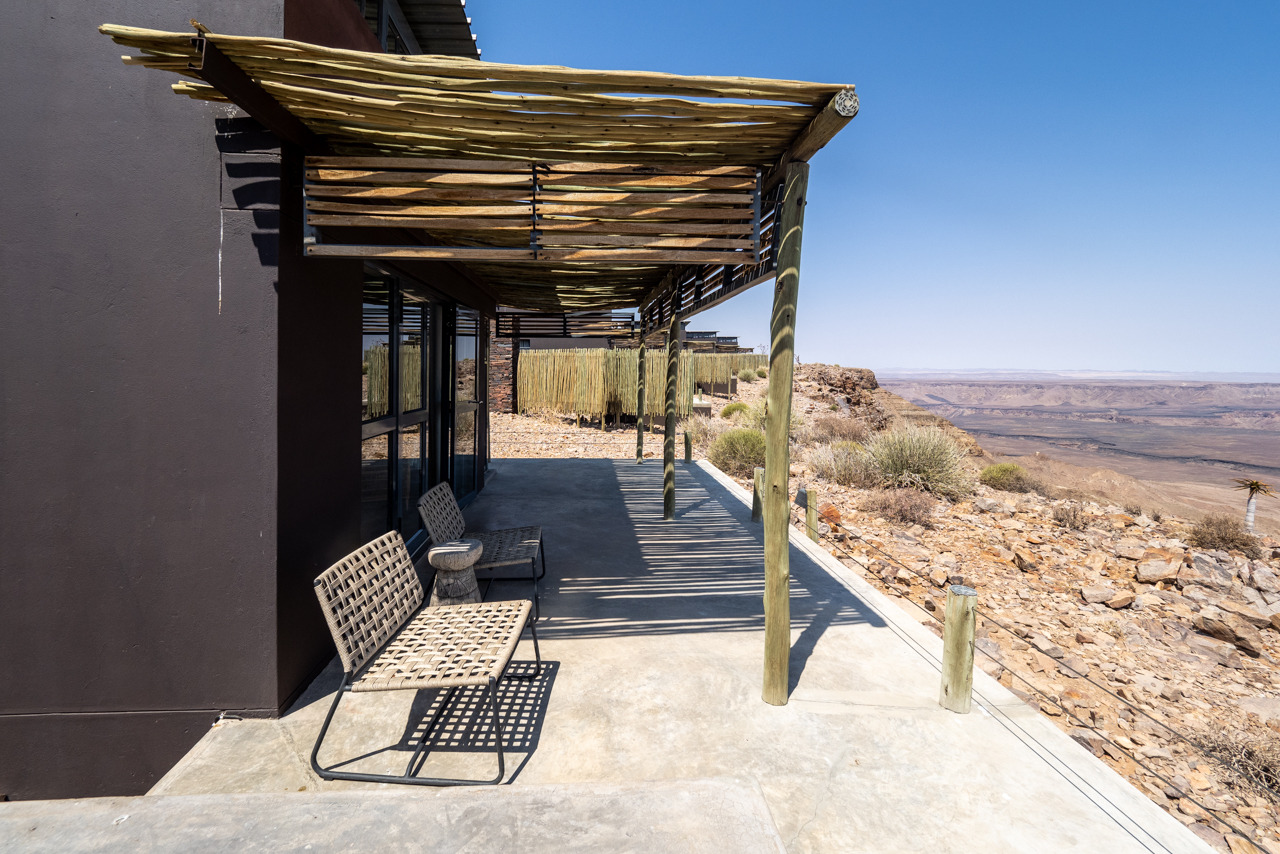
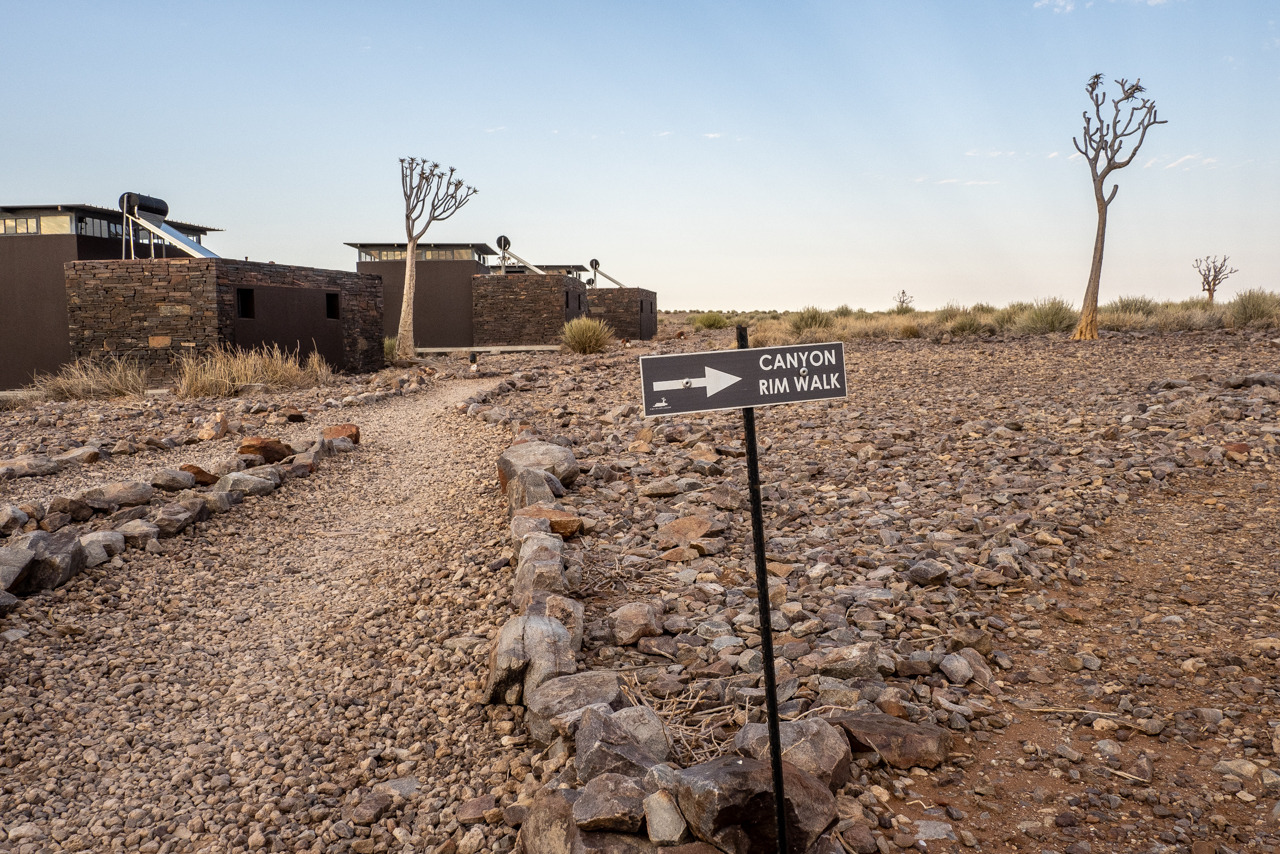
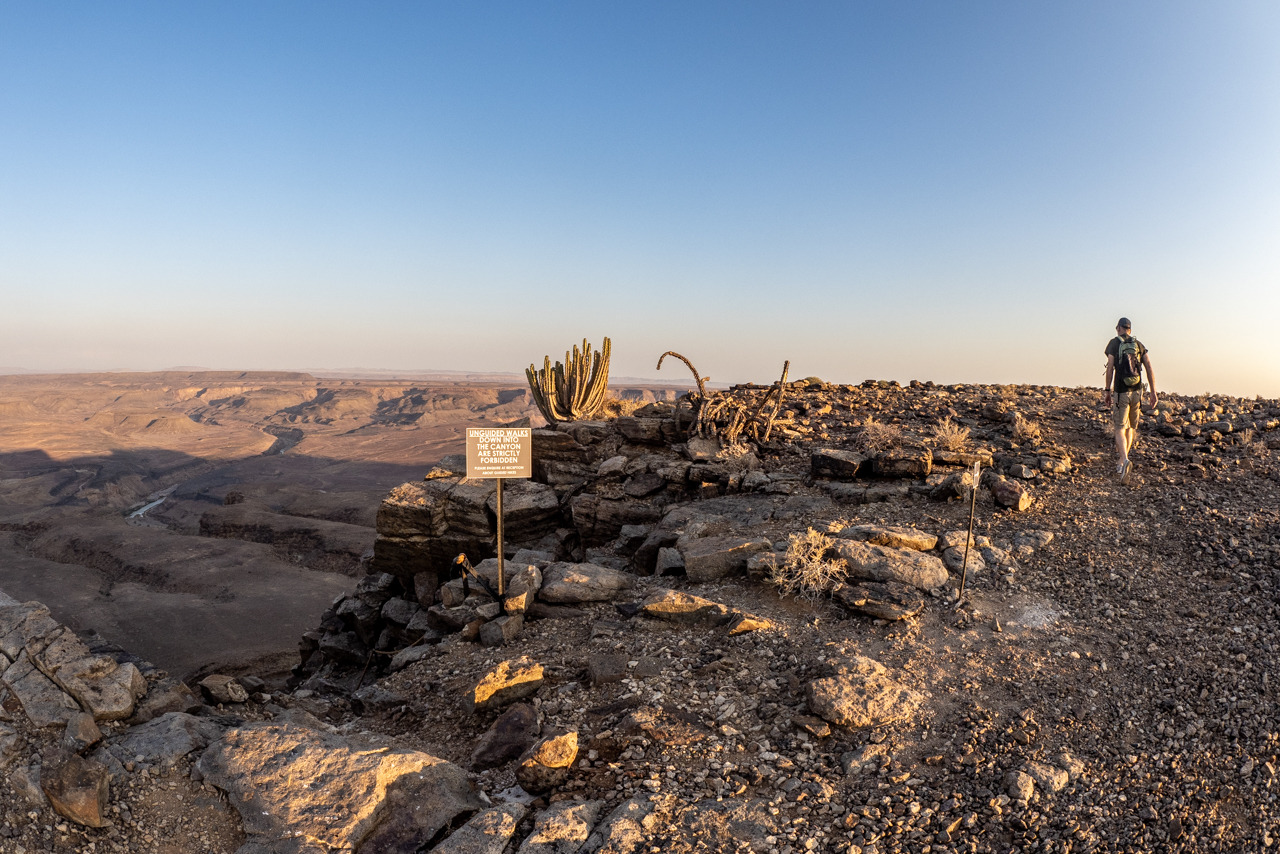
Accommodation
Marvel at the world’s second largest canyon from the lodge’s terrace! Fish River Lodge is the only lodge situated on the very edge of the spectacular Fish River Canyon, offering guests unparalleled views from sunrise to sunset. The Fish River has nibbled away at the rock for millions of years to create a river valley 550 m deep and 90 km long - and you are sleeping just 8 m from the abyss ...!
The unique quiver trees that are found all around the lodge have had a great influence on the design of the lodge. The dark exterior colour of the main building and the rooms blends seamlessly with the harsh, stony surroundings. The interior decor is a mix of traditional and modern furniture, with many accessories created in the workshops of nearby San and Nama people.
The lodge offers 20 spacious chalets with large window façades allowing spectacular views of the canyon. The rooms have a veranda with deckchairs, a bedroom, dressing room and bathroom with indoor and outdoor shower. Due to the exposed location, strong thermal winds are likely to arise in the afternoon as the temperature rises, which can become a bit noisy. For this reason, on arrival guests are given a welcome pack with earplugs to ensure a good night's sleep.
Sandy paths connect the chalets with the main building. Here you will find the reception, the restaurant, the lounge and of course the large outdoor area with pool and deckchairs and direct access to the bar.
The access road is NOT from Seeheim, but further west, as the lodge is located on the western side of the canyon. The drive from Keetmanshoop towards Lüderitz to the D463 turn-off takes one hour, then another hour on the gravel road D463 to the next signpost 'Fish River Lodge', from where it is about another 30 minutes to the lodge.
The former farms 'Vergelee' and 'Soutkuil' have been merged into a private Canyon Nature Park. Guests of Fish River Lodge enjoy exclusive access to a 45,000 hectare area, which includes 74 km of the Fish River riverbed itself.

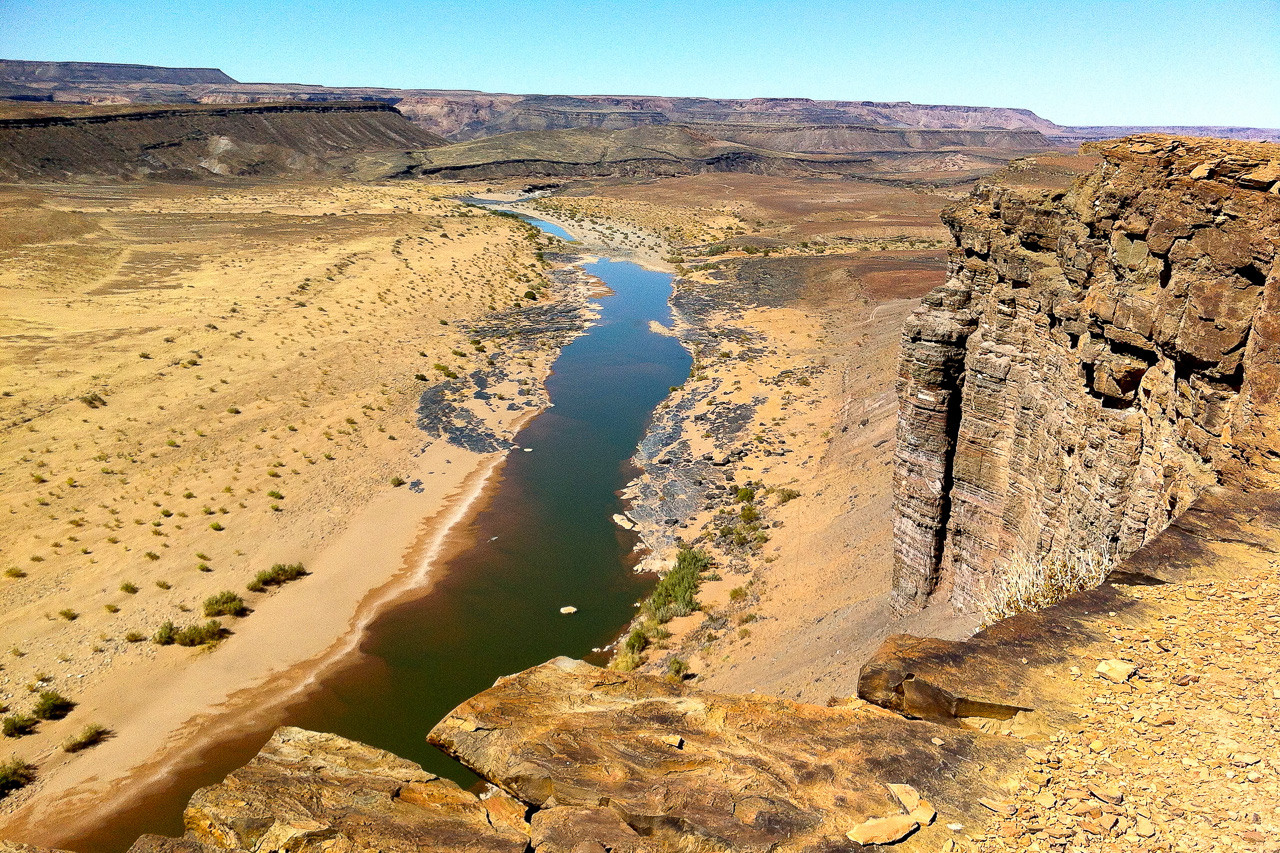
The canyon can be seen quite simply from above or explored while on excursions offered by the lodges. Multi-day trekking is also an option, but only during the winter months, as the Fish River Canyon can reach temperatures of up to 50°C, which makes walking rather difficult.
At over 650 km long, the Fish River is the longest in Namibia. Its source lies east in the Naukluft Mountains, and it flows southwards until blocked by the Hardap Dam at Mariental. The river only flows through the canyon during the wet season; it dries out entirely during the winter months. Luckily, there are places along its length where groundwater breaks through to the surface, providing a lifeline for the animals that live here.
The canyon itself begins at Seeheim and ends at Ai-Ais. The Fish River continues further south before meeting the permanently flowing waters of the Orange River, which marks the border to South Africa. Surprisingly, the canyon wasn’t formed over millions of years by the constant flow of the river, but first and foremost by the collapsing of the earth’s crust, which can be deduced by the very broad valley floor.
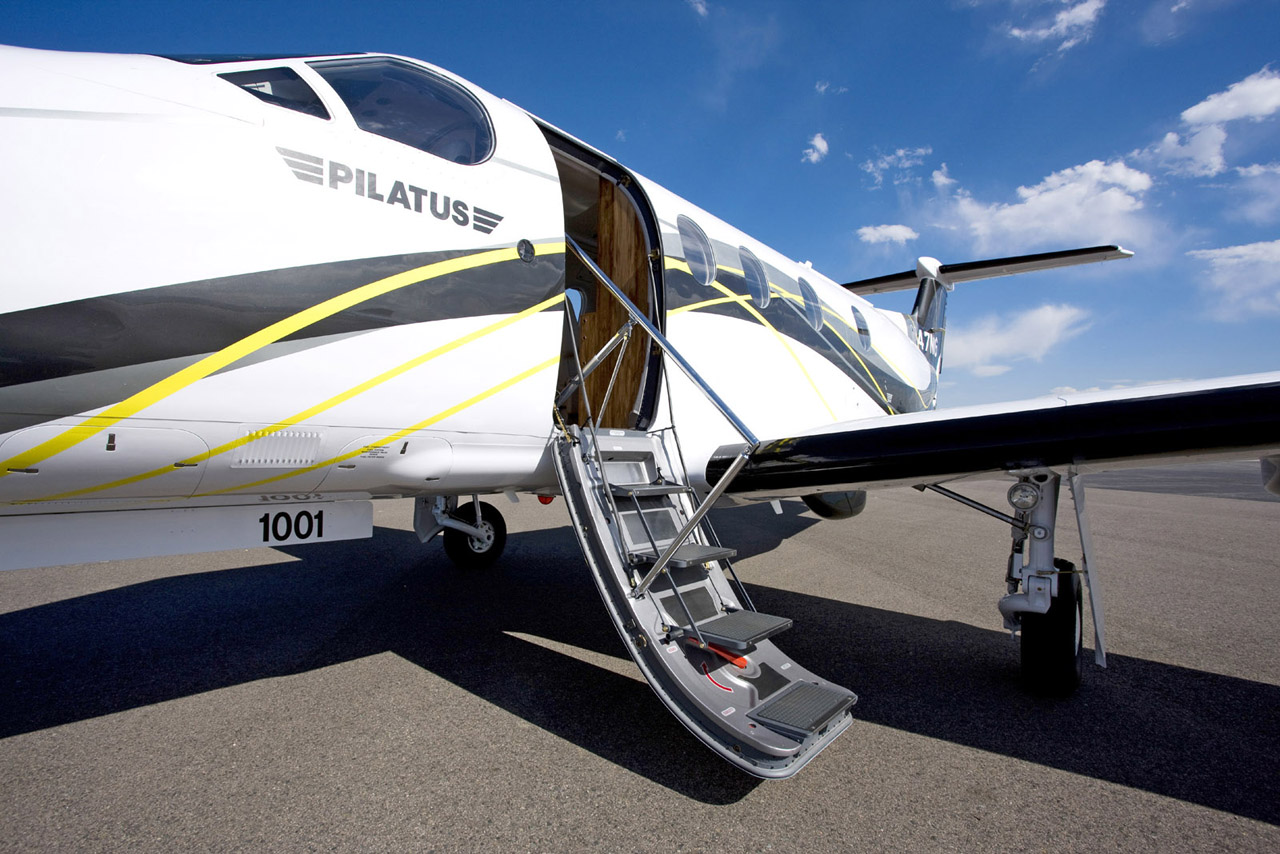

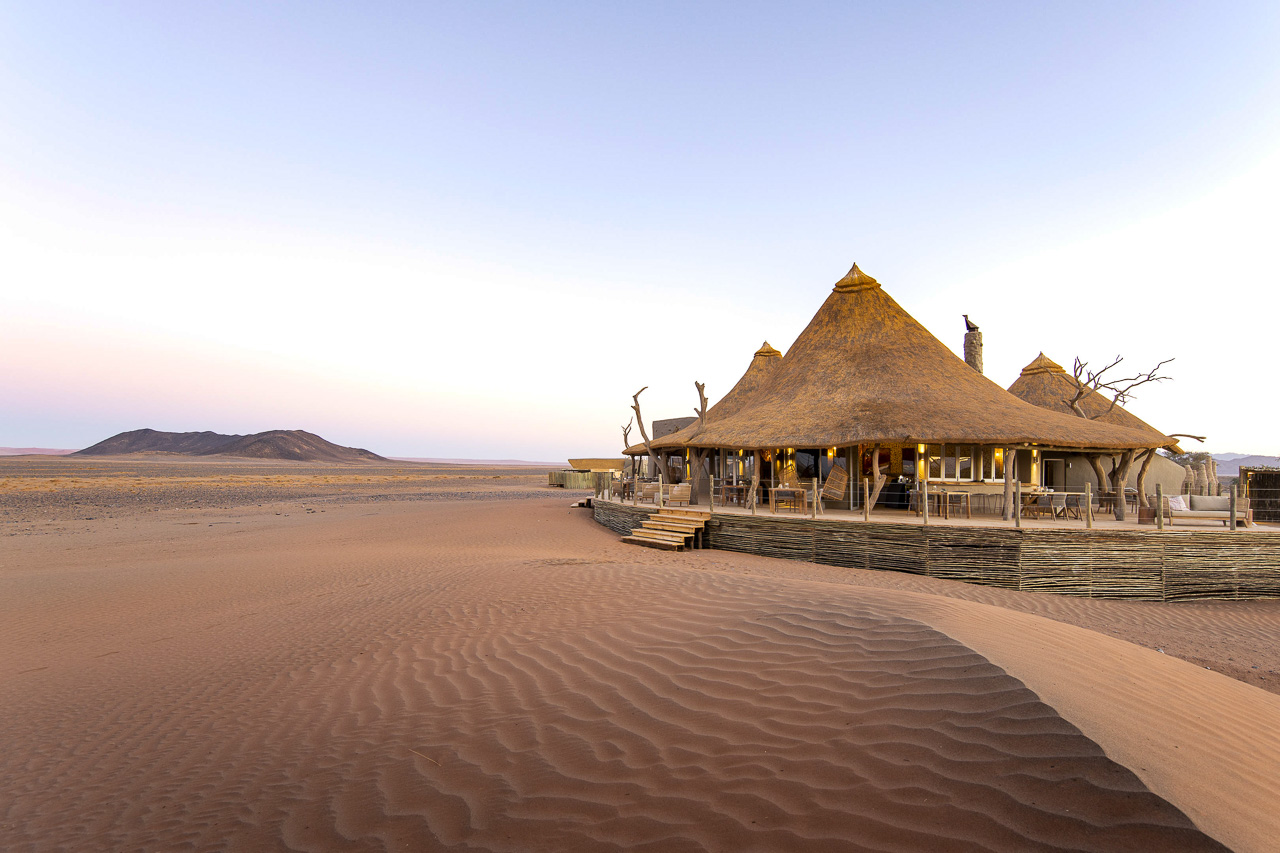
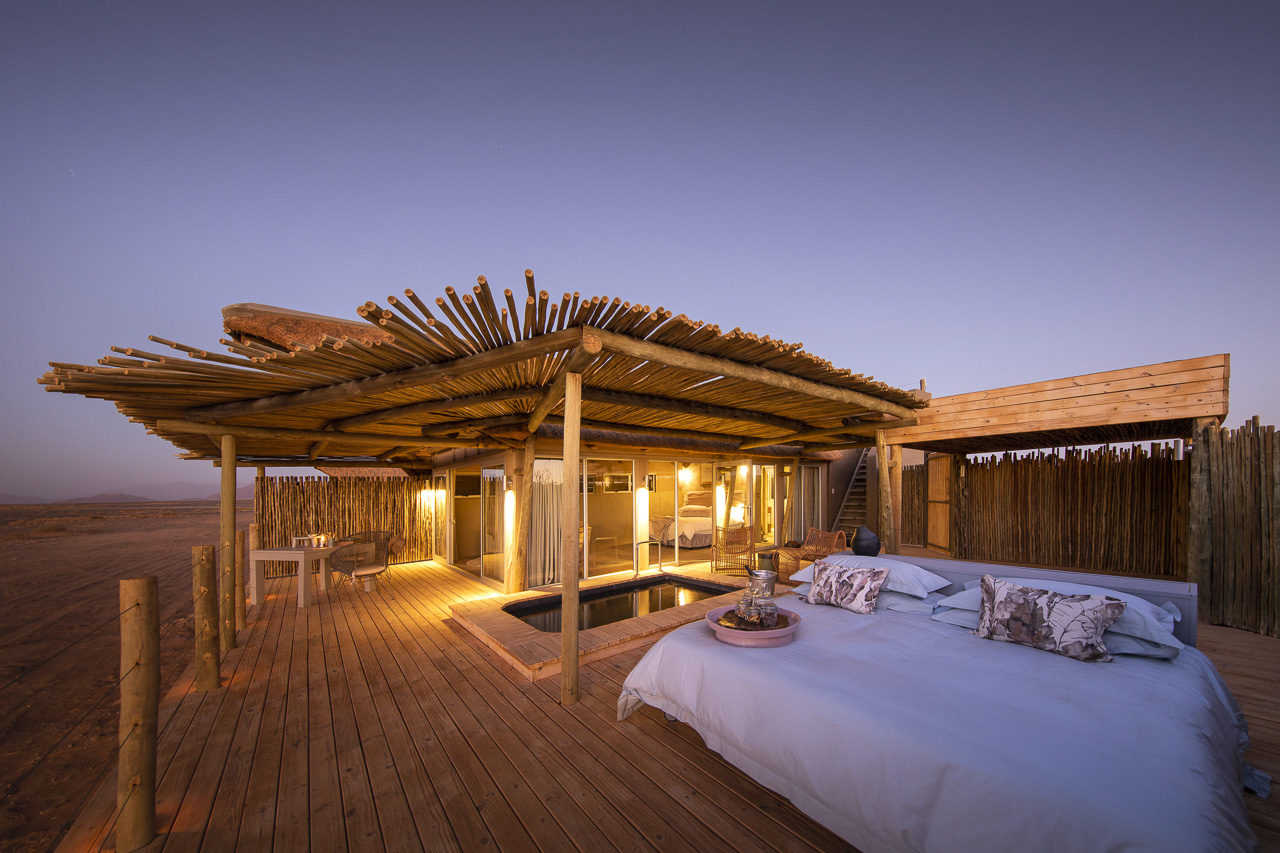
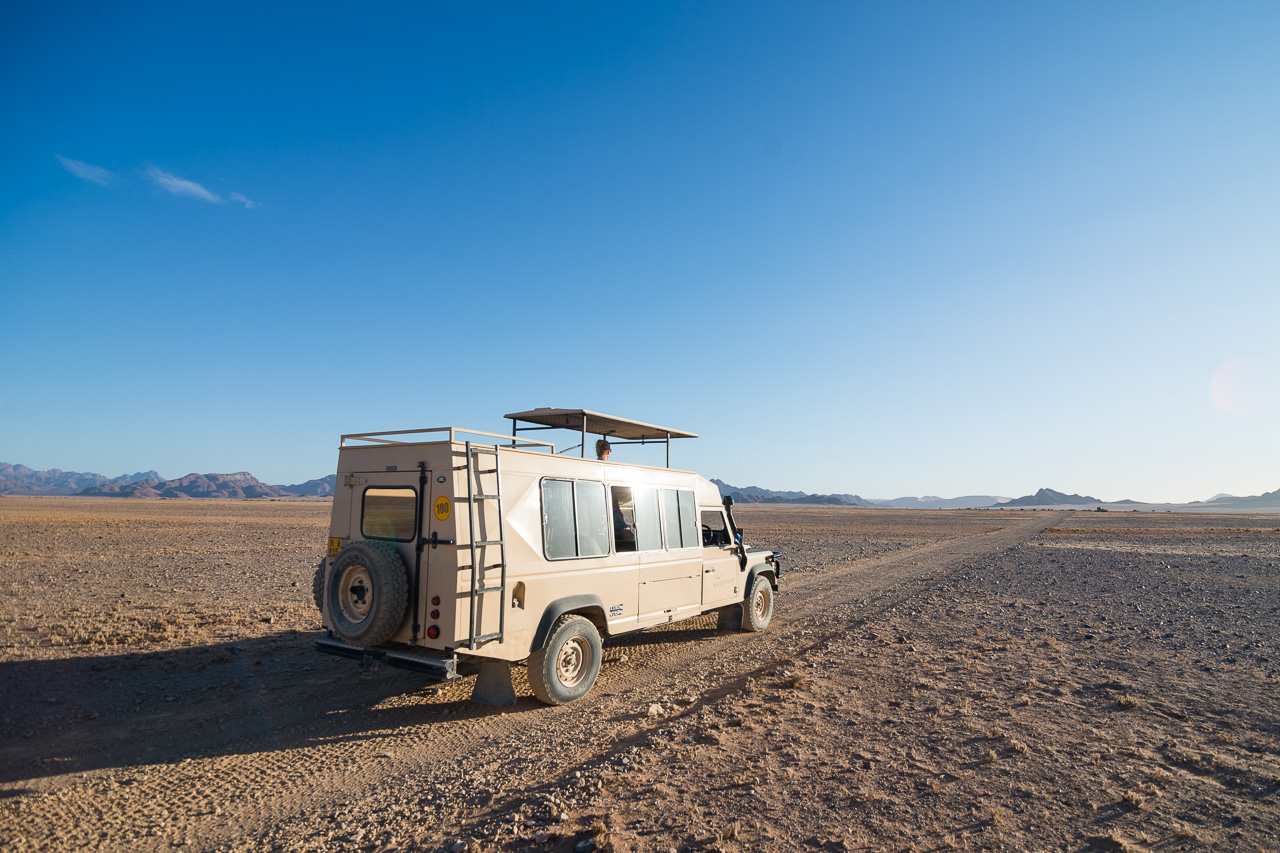
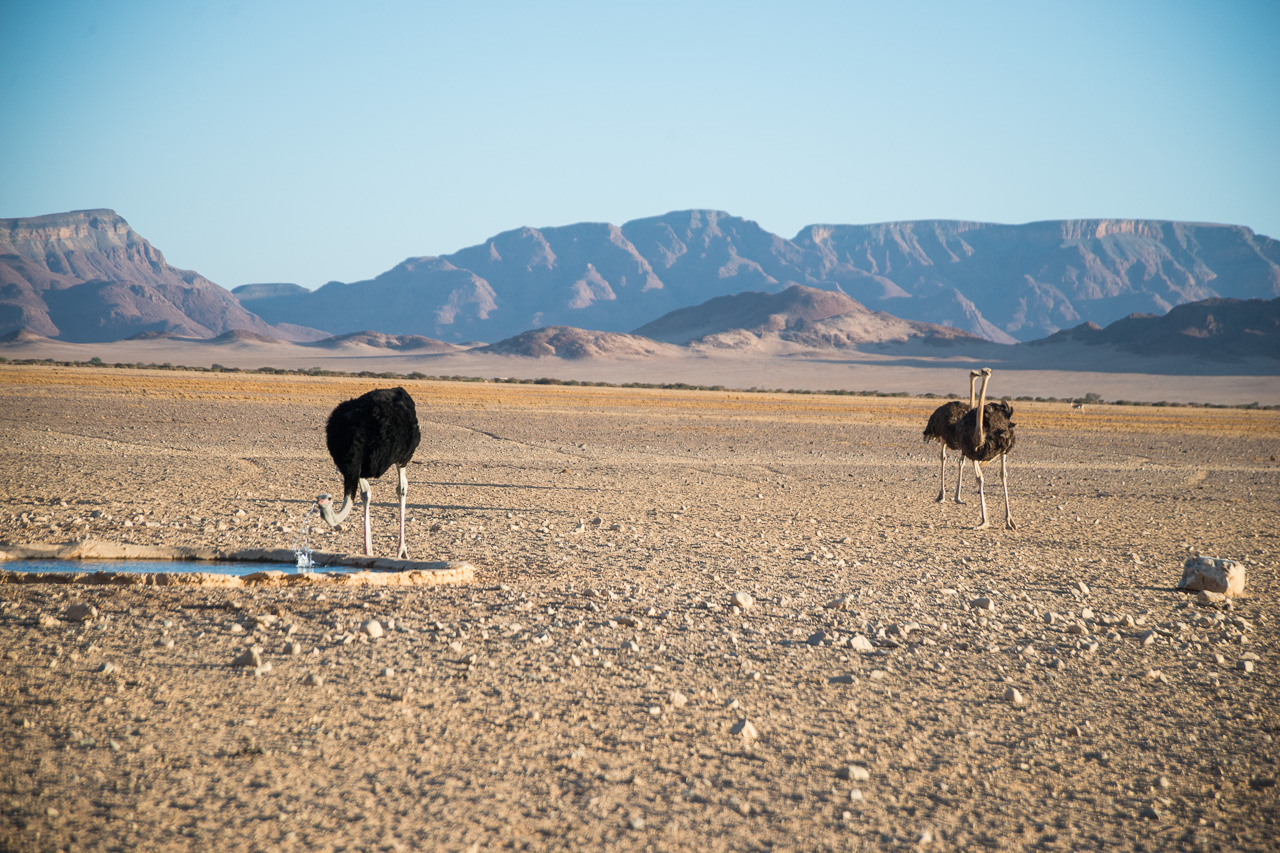
Accommodation
Little Kulala offers eleven climate-controlled rooms (it's very hot in the Namib region from November onwards!) with en-suite facilities, extra outdoor shower, private plunge pool, veranda with outdoor lounge, and a skybed where guests can spend a romantic night under the clear, starry sky.
The camp places great emphasis on natural materials, and the colours of the linen, cotton and mohair fabrics blend seamlessly into the natural surroundings. The Kulala Camps stand out for their fantastic location close to the Sossuvlei dunes and with exclusive access to the park.
Sossusvlei is the area most associated with Namibia: Red dunes as far as the eye can see (up to 380 m high, coloured red by the clay-rich sand) and dead trees in the Vleis or pans, decaying slowly at the will of the arid climate. The Vleis were created by the Tsauchab River, which probably once flowed to the Atlantic some 50 km away. The whole Sossusvlei region is quenched with water during those very rare years when a good amount of rain falls, prompting bushes and flowers to spring up everywhere.
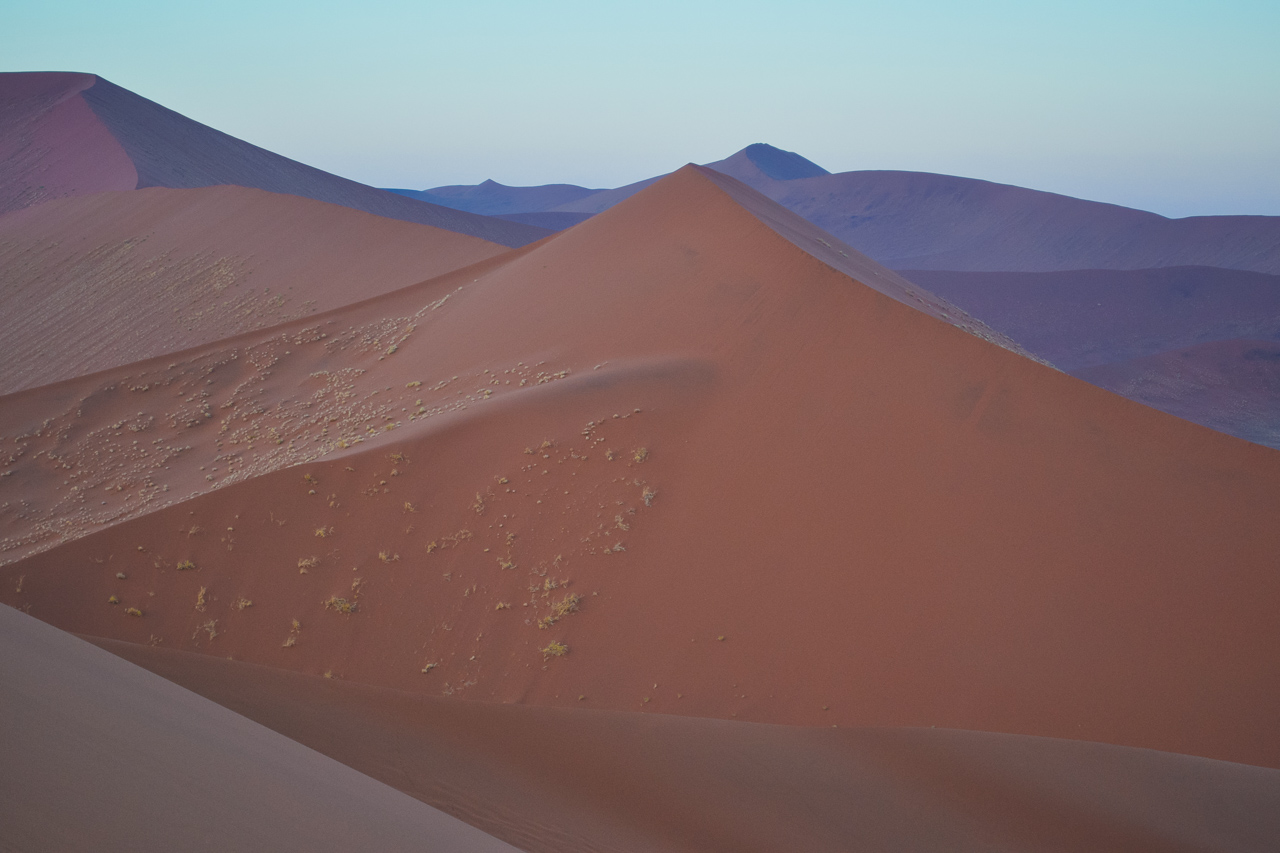
Sossusvlei is also the place most commonly associated with Namibia. Its red dunes stretch as far as the eye can see (up to 380 m high, coloured red by the clay-rich sand) and the desiccated trees in the vleis (salt and clay pans), which decay slowly due to the arid environment, are typical of the region. The vleis were created by the Tsauchab River, which most probably flowed into the Atlantic 50 km away. Very rarely, a torrential downpour will see the vleis disappear under water – a spectacle that very few get to see. .
The Namib itself is a product of the Orange River in the south, which carries the red sand of the Kalahari to the ocean. The Benguela Current takes the sand north, where the prevailing winds have blown it back inland over millions of years, forming the Namib Desert.
Sossusvlei is situated in the Namib Naukluft Park and thus subject to very strict regulations. The park opens its gates at sunrise and all visitors are required to leave again by sunset. The distance between the park entrance and the Sossusvlei car park, however, is a good 60 km, most of which is tarred. From here it’s only possible to reach the second car park, right next to the Sossusvlei, in a 4x4, on foot or using the shuttle service. There are also other vleis in the area in addition to the Sossusvlei, including Dead Vlei, with its famous dead trees, and somewhat further away, the so-called Hidden Vlei, which requires a good trek to get to.
The most famous dunes are Dune 45 (170 m high), which is located 45 km from the entrance to Sossusvlei, and then Big Daddy, the largest dune, and his partner, Big Mama. Visitors are of course allowed to scale the dunes, and the effort is worth it. The way up is quite strenuous – but this also means that the way down is easy!
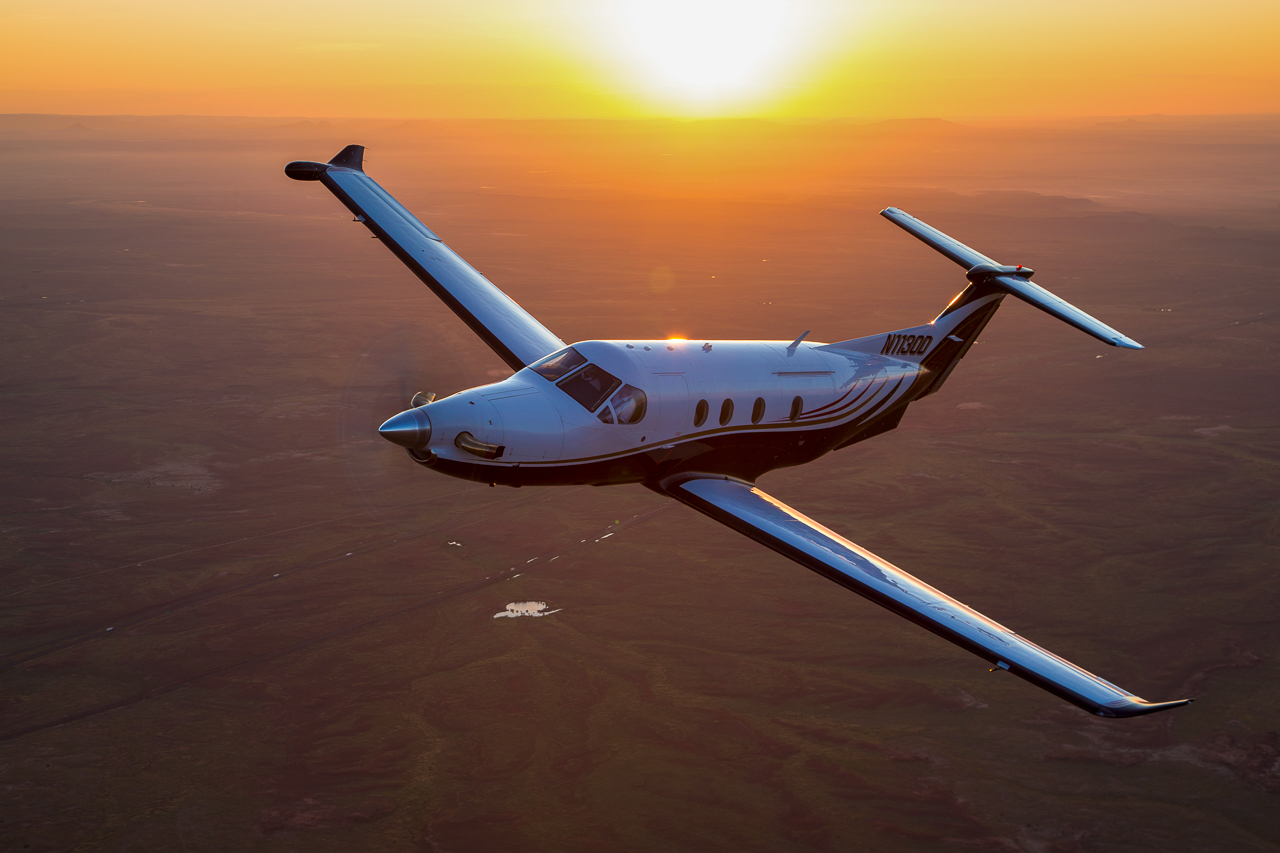

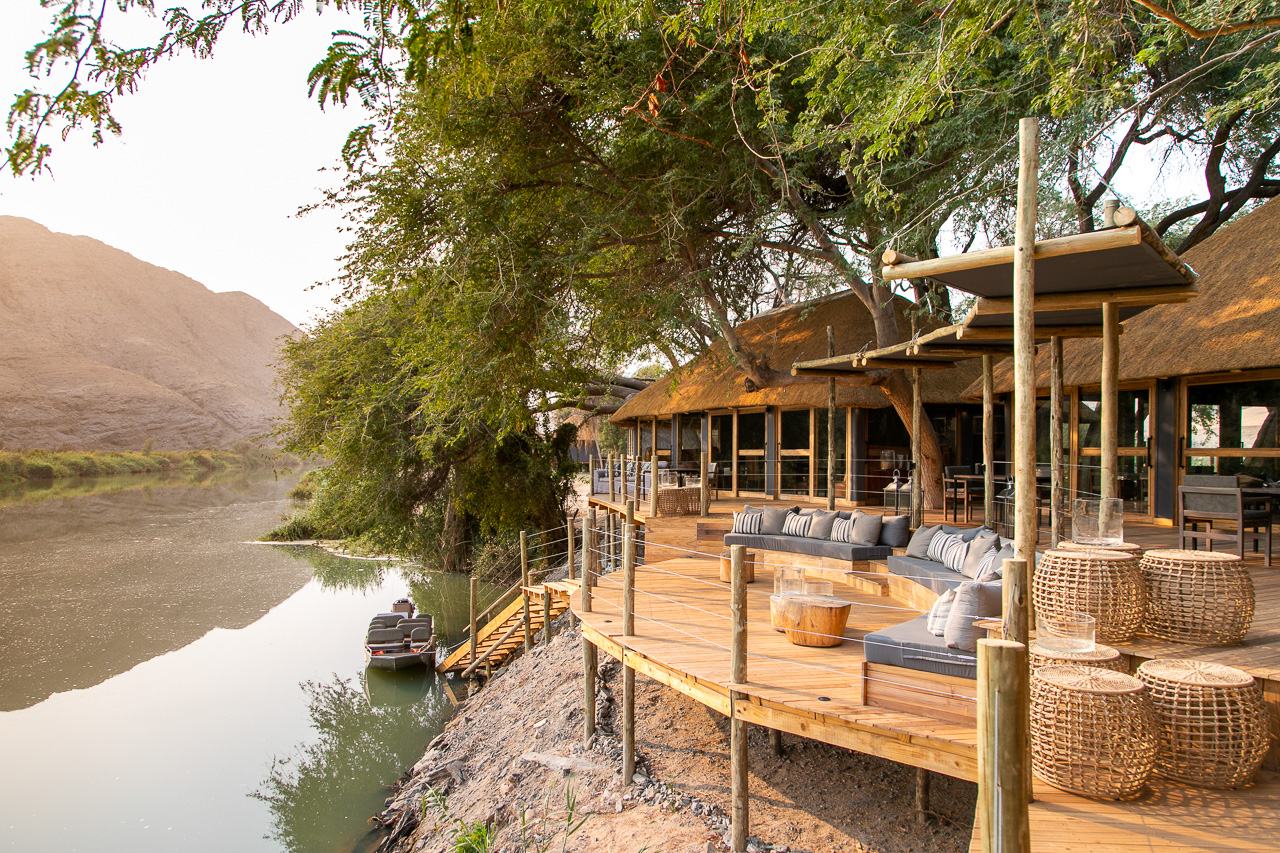
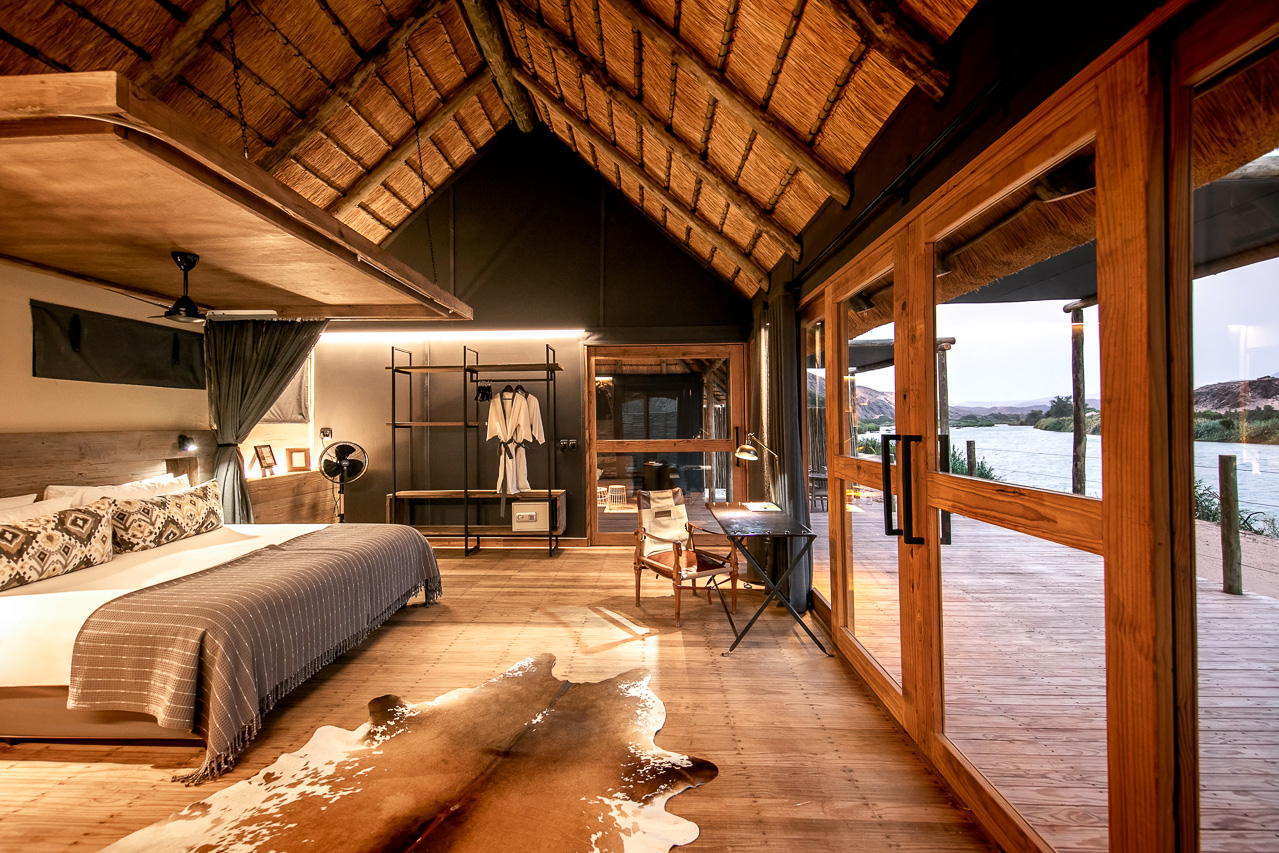
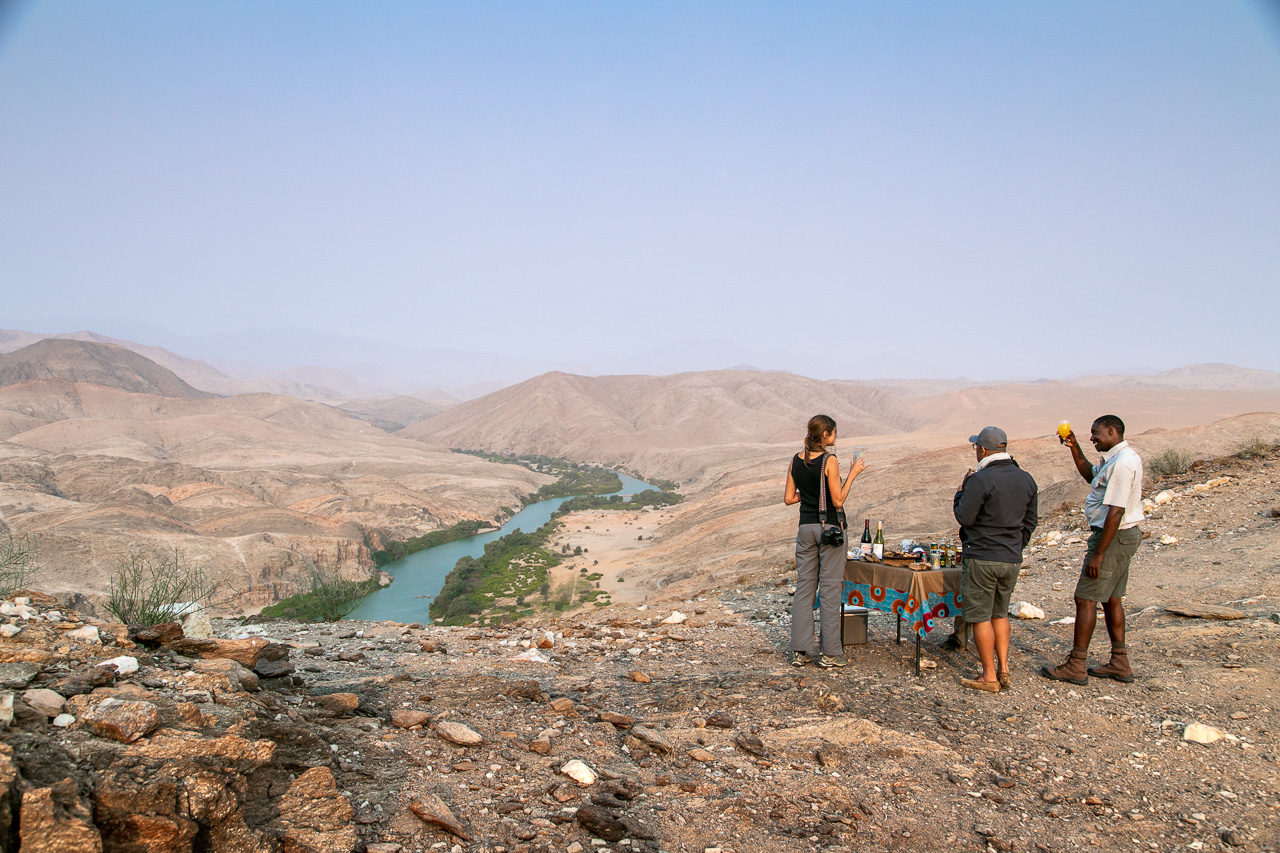
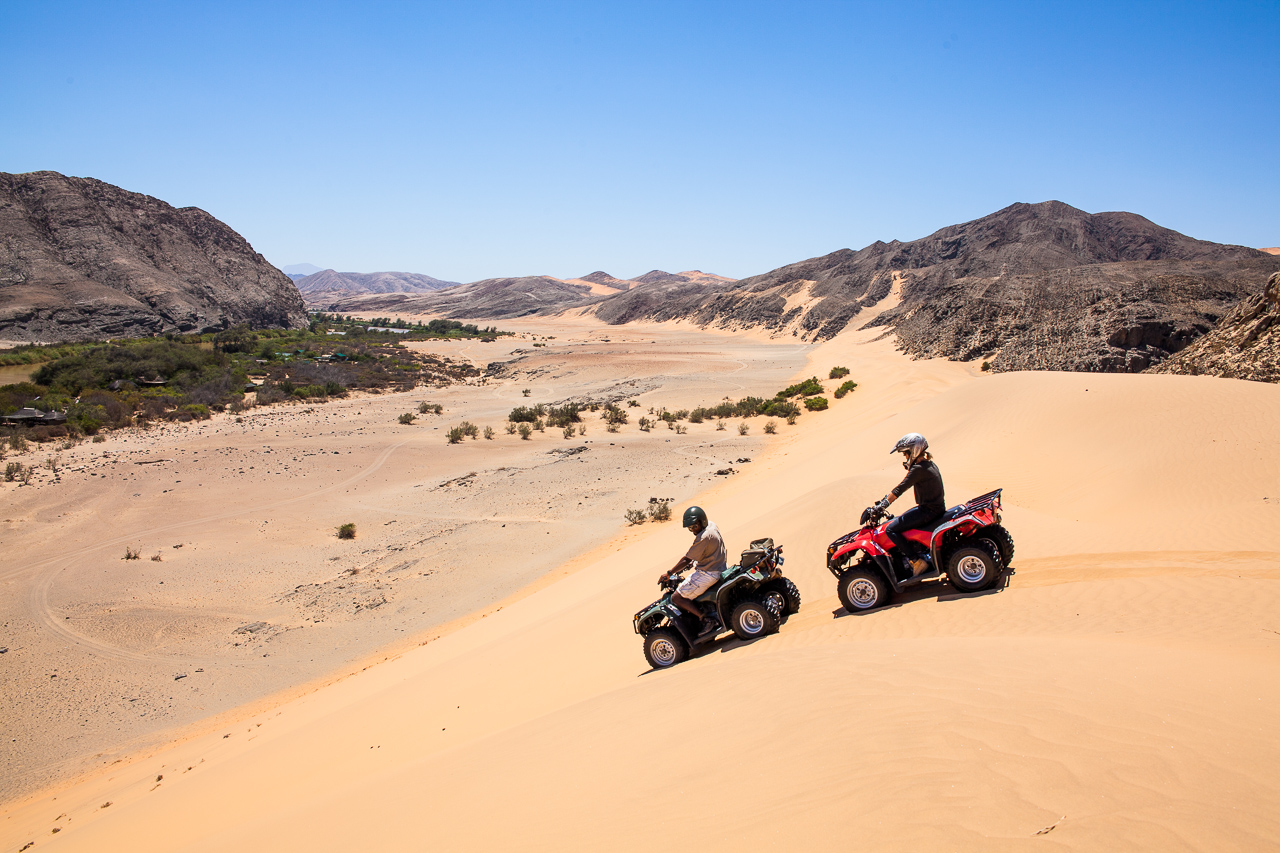
Accommodation Eight elegantly furnished, thatched Meru-style villas sit nestled in the green belt along the banks of the Kunene River. The main building houses a dining area with large outdoor terrace, a river bar, gift shop, lounge/library and a swimming pool.
The camp is stylishly and luxuriously furnished and each of the en-suite rooms is equipped with a lounge, outdoor shower and fantastic terrace, where guests can relax and read on the sofa or in the hammock. The views over the lush green vegetation along the riverbanks and the sweeping desert landscape are breathtaking.
Running a large distance parallel to the coast, Hartmann Valley acts as the gateway to Serra Cafema. The airfield where guests arrive was built on a plateau, from where the road leads steeply (and full of surprises) down to the river. The surrounding area is a spectacular combination of sand dunes, rugged rocky outcrops and the broad grass plains of Hartmann Valley, lined with rolling hills and sprinkled with so-called ‘fairy circles'.
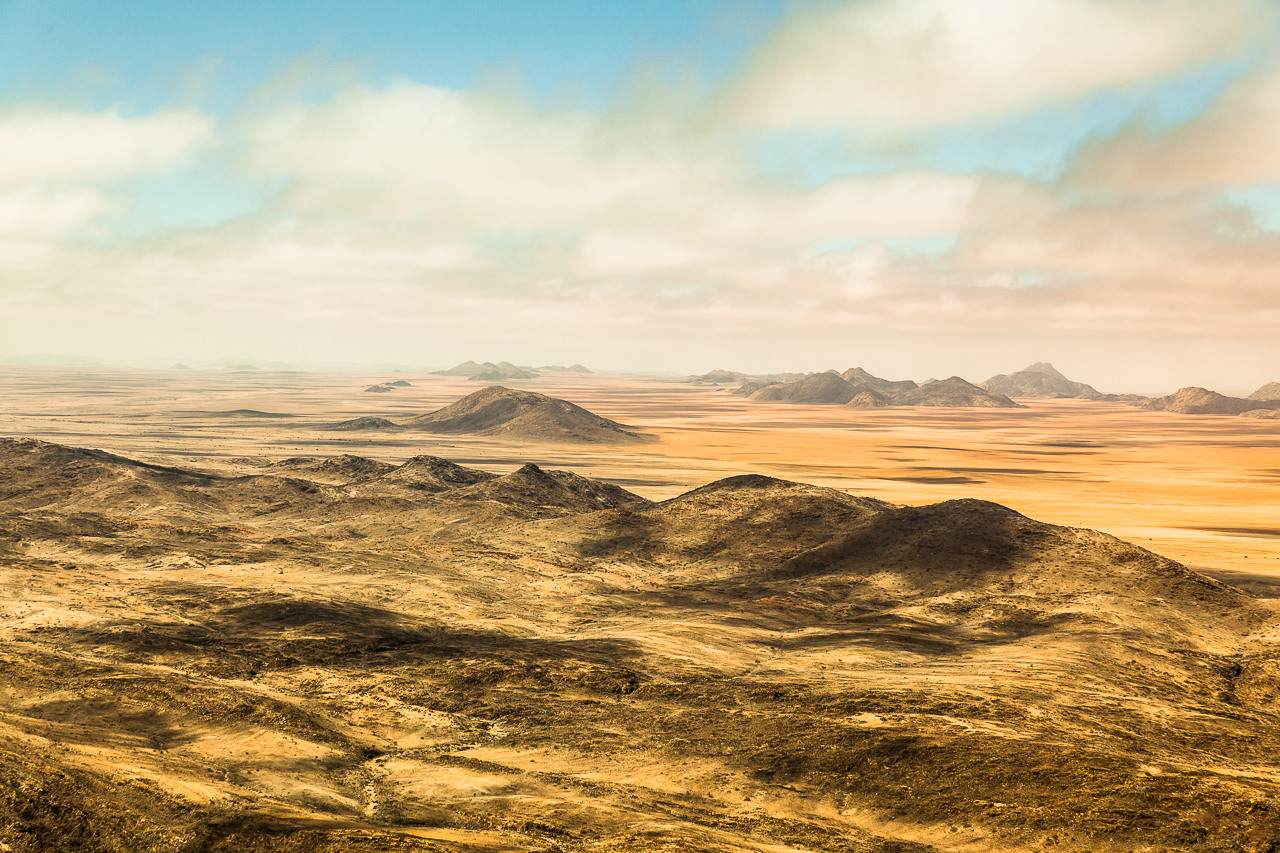
The Kaokoveld covers an area of around 50’000 km², and includes the region between the Hoanib River and the Kunene River, which marks the Angola border; the Skeleton Coast National Park marks the western border. There is little to no infrastructure here, which means the Kaokoveld is one of the few true wildernesses still in existence. The few people you’re likely to come across in this region are the semi-nomadic Himba, who have learned to survive in this sometimes extremely arid environment.
The western part of the Kaokoveld, from Sesfontein up to the Epupa Falls, is less interesting for us. We stick to little-known tracks in the hinterland and never travel on tarred roads in the Kaokoveld. Riverbeds are our roads and the starry sky is the roof above us.
If you like a combination of camping in remote places and staying in beautiful lodges, then our Kaokoveld Expeditions are perfect for you. Not only is the landscape fascinating here, we also often come across desert elephant, giraffe, zebra, oryx and sometimes even lion and rhino. This is one trip you will never forget.
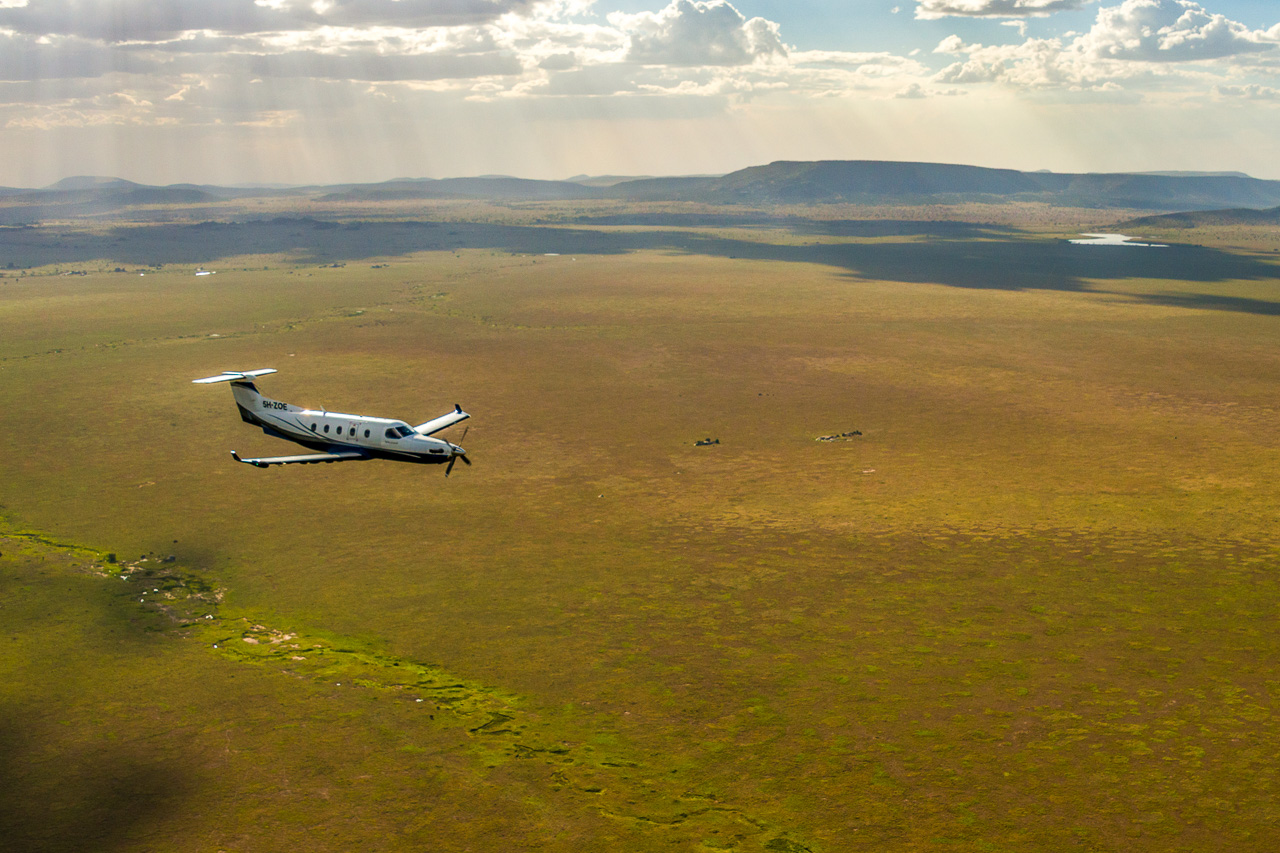

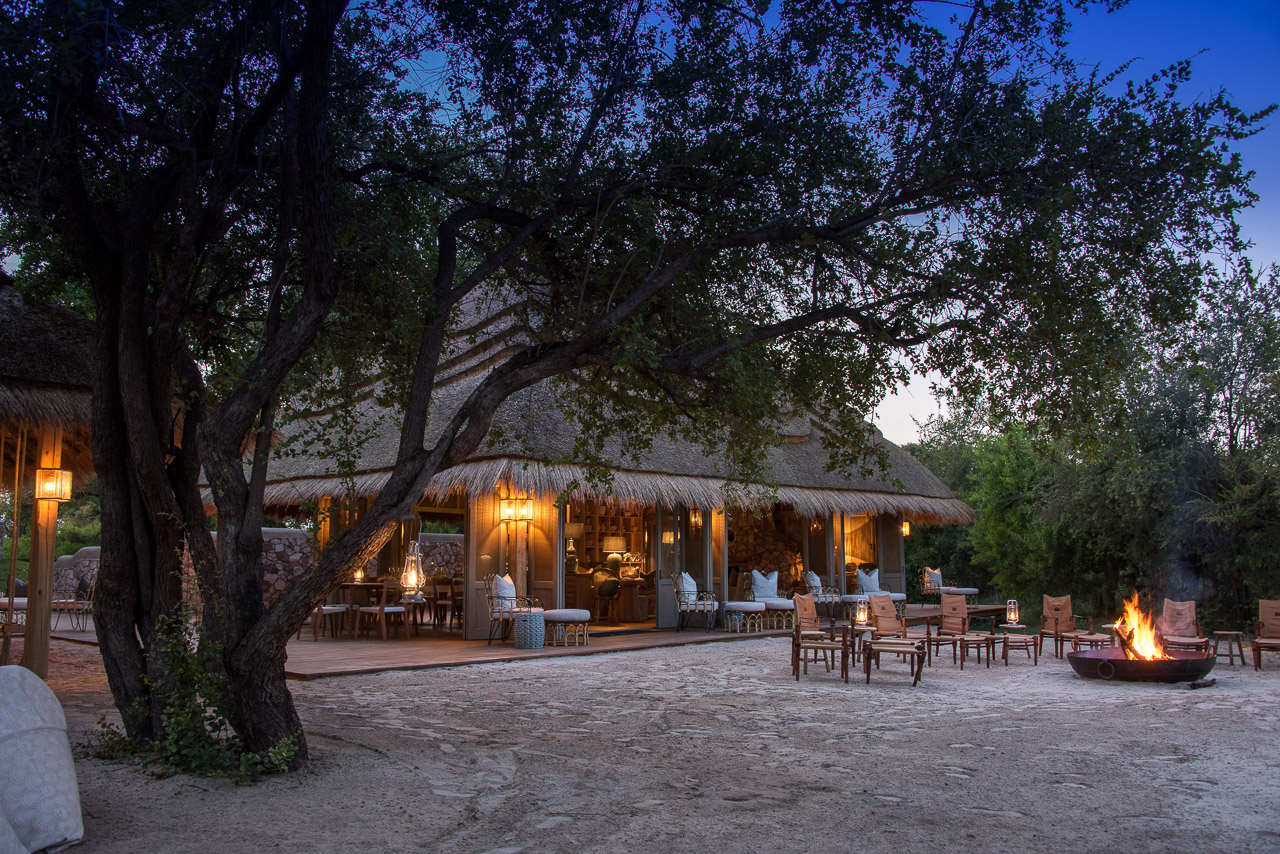
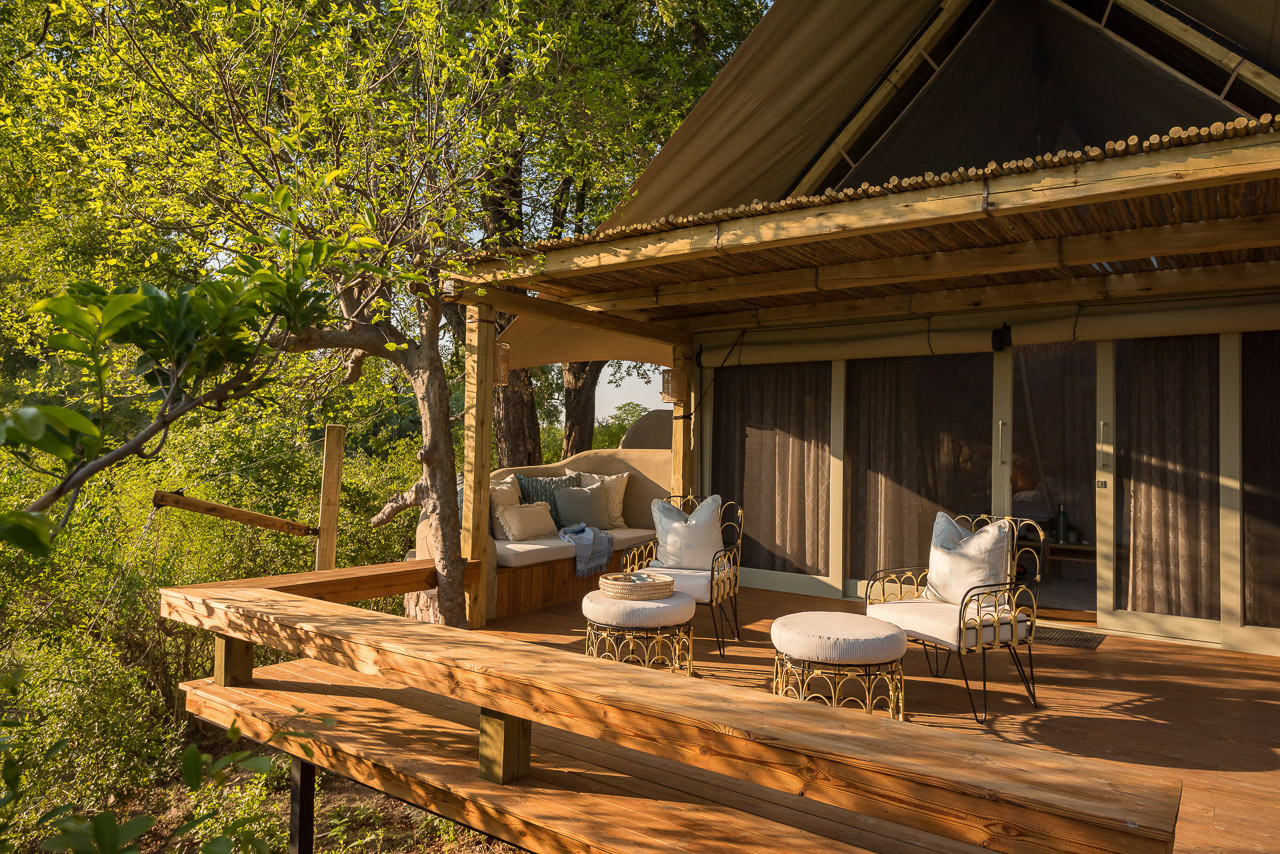
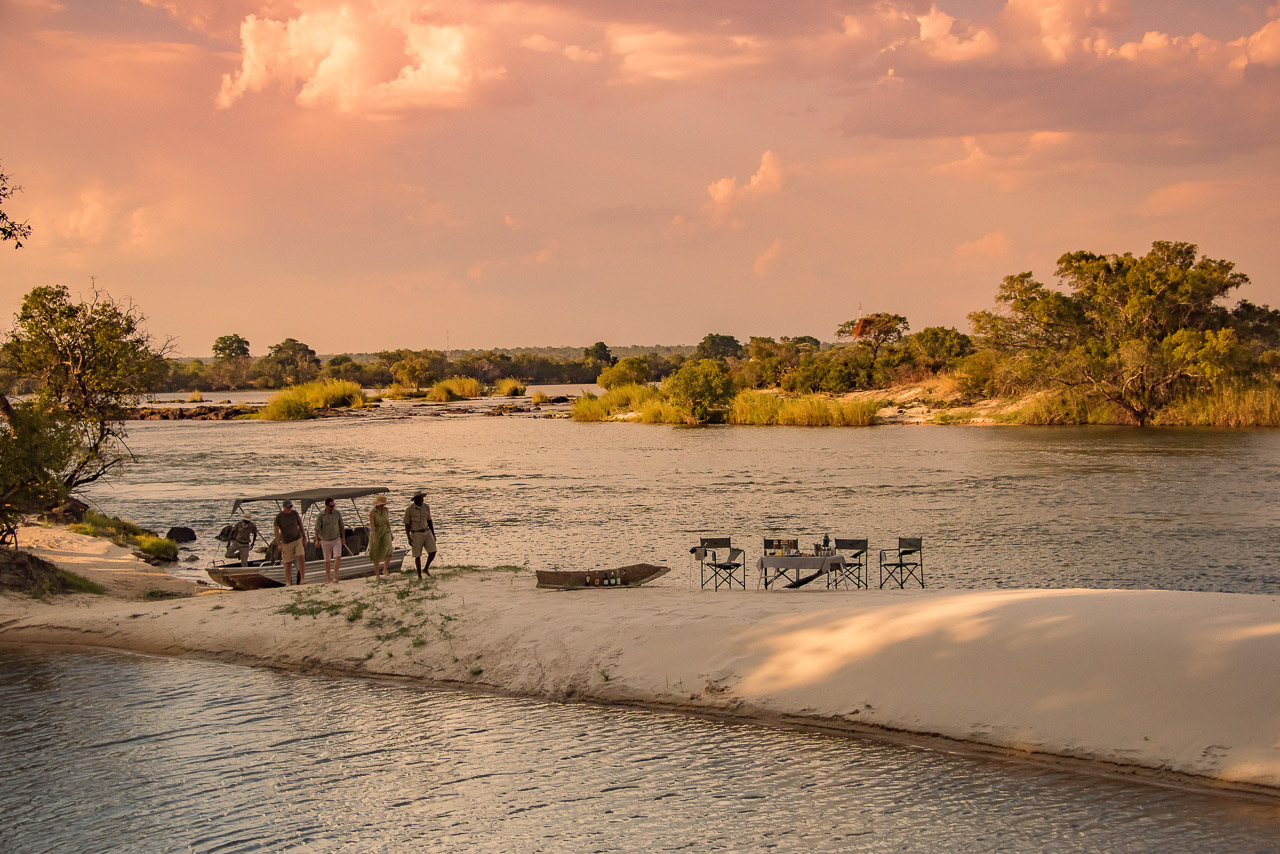
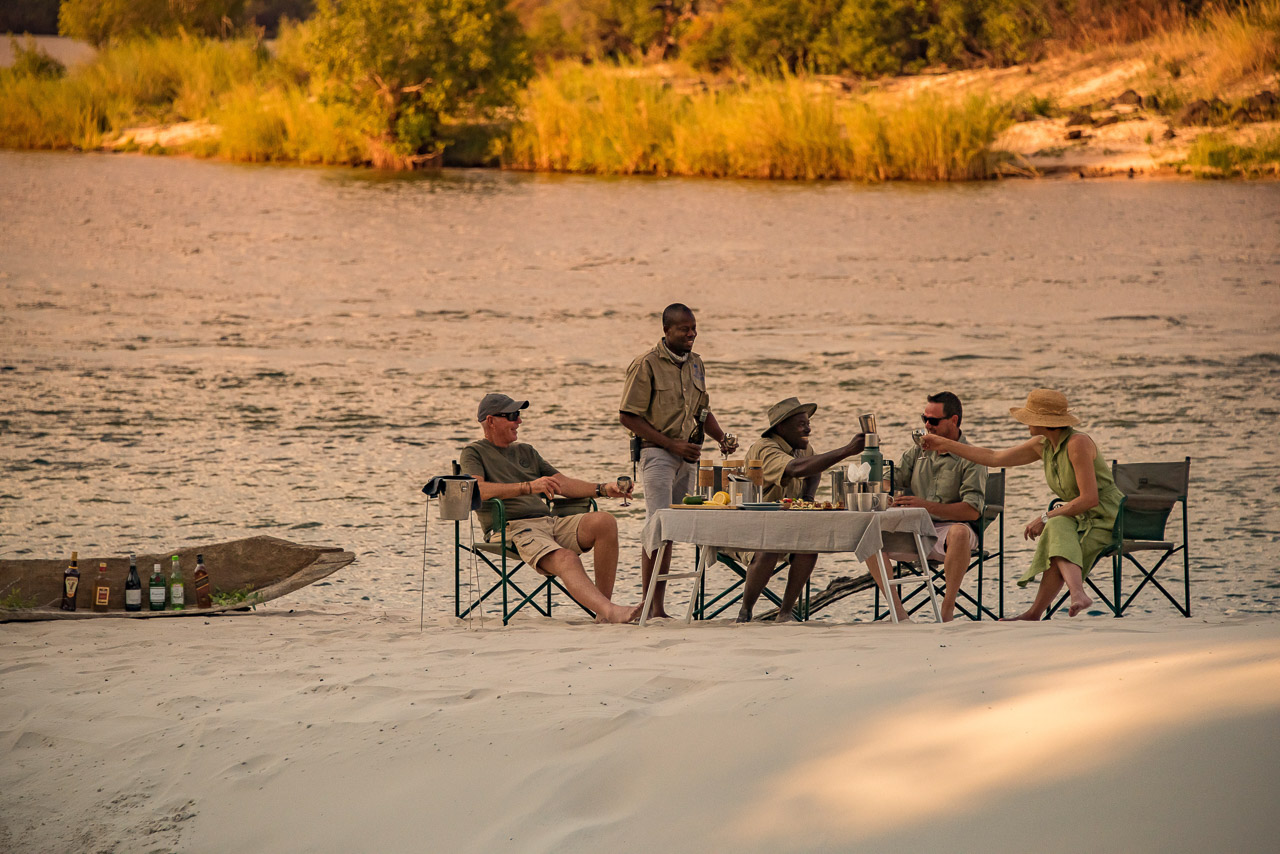
Accommodation Mpala Jena is an exquisite and exclusive canvas tented camp. Its three luxurious and generous guest tents have been elegantly positioned under the dappled shade of indigenous sausage trees, rain trees and water berry trees. Each tent has a lounge area with a desk, en-suite bathroom which include a bathtub, indoor shower, separate loo and double basins. The verandah in front of the tent leads to a private outdoor shower with views of the Zambezi River.
The main area includes the restaurant, bar and lounge area. In front, a sandy beach extends to the shore of the Zambezi, a wonderful place to enjoy the sunset in the evening by the fire pit with a drink in your hand. Just around the corner and well screened off is the swimming pool with its own pool lounge and sun loungers.
The Zambezi River rises in north-western Zambia and crosses several African countries on its 2700 km journey to the Indian Ocean. The river also forms the border between Zambia and Zimbabwe. At Victoria Falls, the water falls for more than 100m into Batoka Gorge, over a width of nearly two kilometers. The falls are called 'Mosi-oa-Tunya' or 'the Smoke that Thunders', as the spray can be seen from miles away and, at the height of the rainy season, more than five hundred million cubic meters of water per minute plummet over the edge.
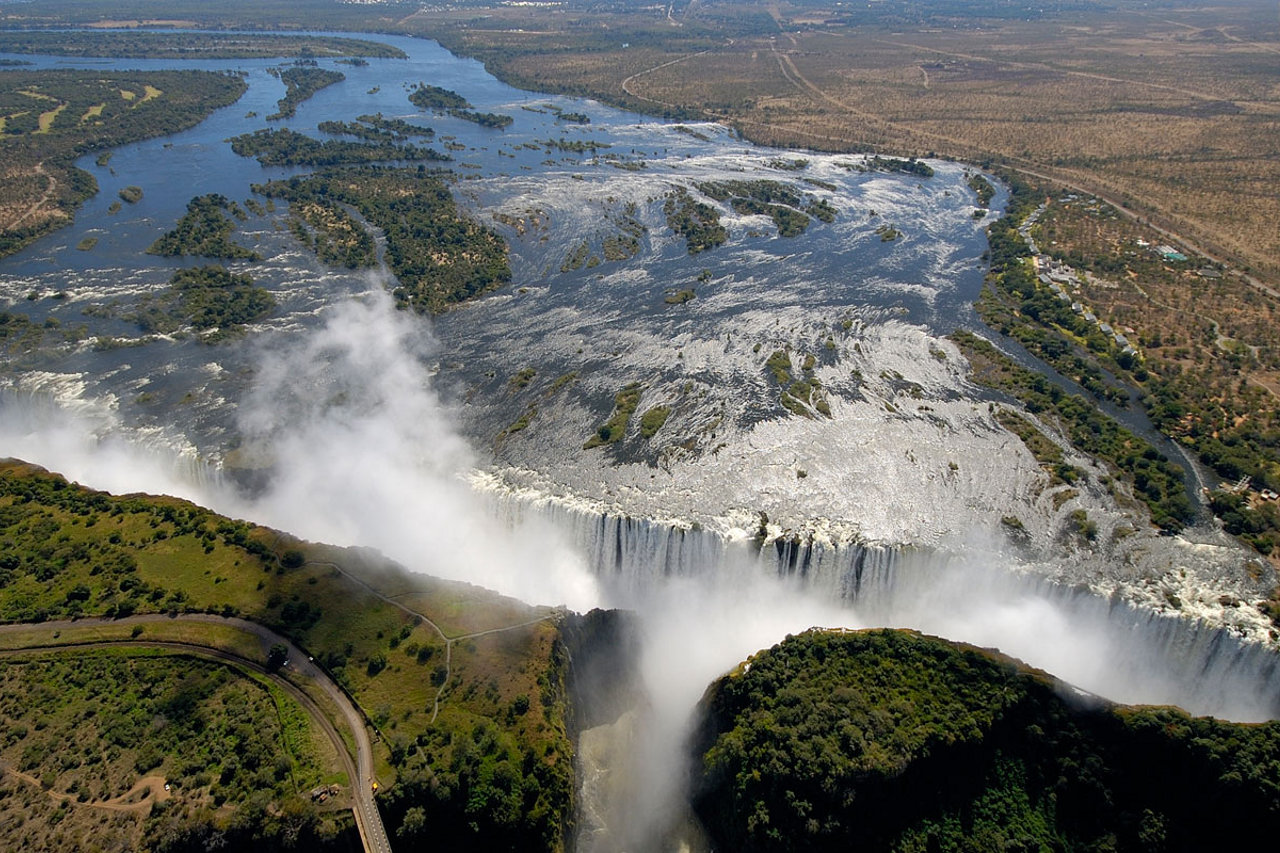
The town of Victoria Falls is located right next to the falls. The falls are called ‘Mosi-oa-Tunya’ or ‘The Smoke that Thunders’ because the mist can rise several hundred metres above the gorge during the wet season, making it visible for miles around and thus a well-known landmark.
The town of Victoria Falls is the ideal place from which to explore the falls. For a small fee, guests can walk along the entire length of the falls on the Zimbabwean side, and marvel at the thundering mass of water.
The falls are rather small in October / November and large parts of the edge are visible. The amount of water flowing over the edge increases as the rains begin, swelling to its full capacity with the onset of the floodwaters in March / April. There is often a lot of mist from April to July, and it’s advisable to protect yourself and your camera with something waterproof.
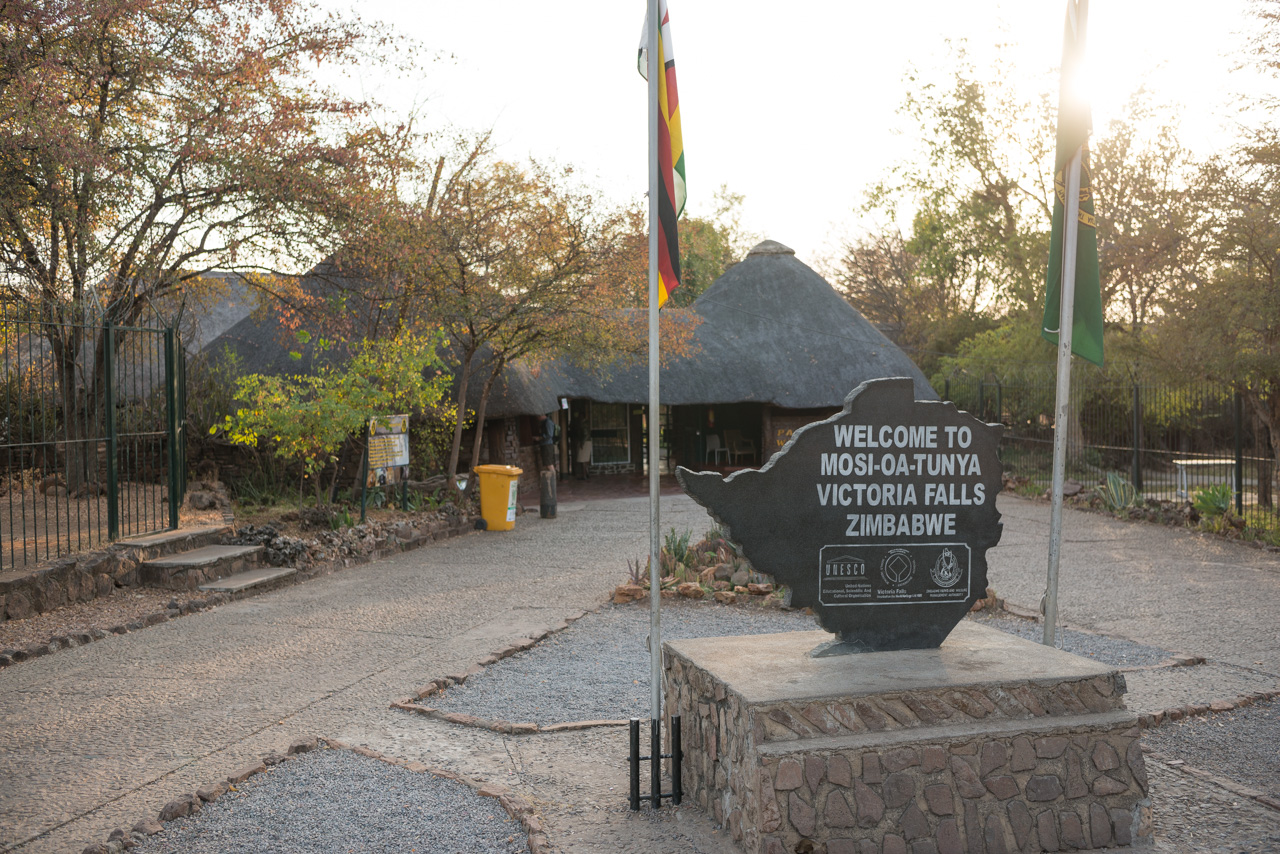
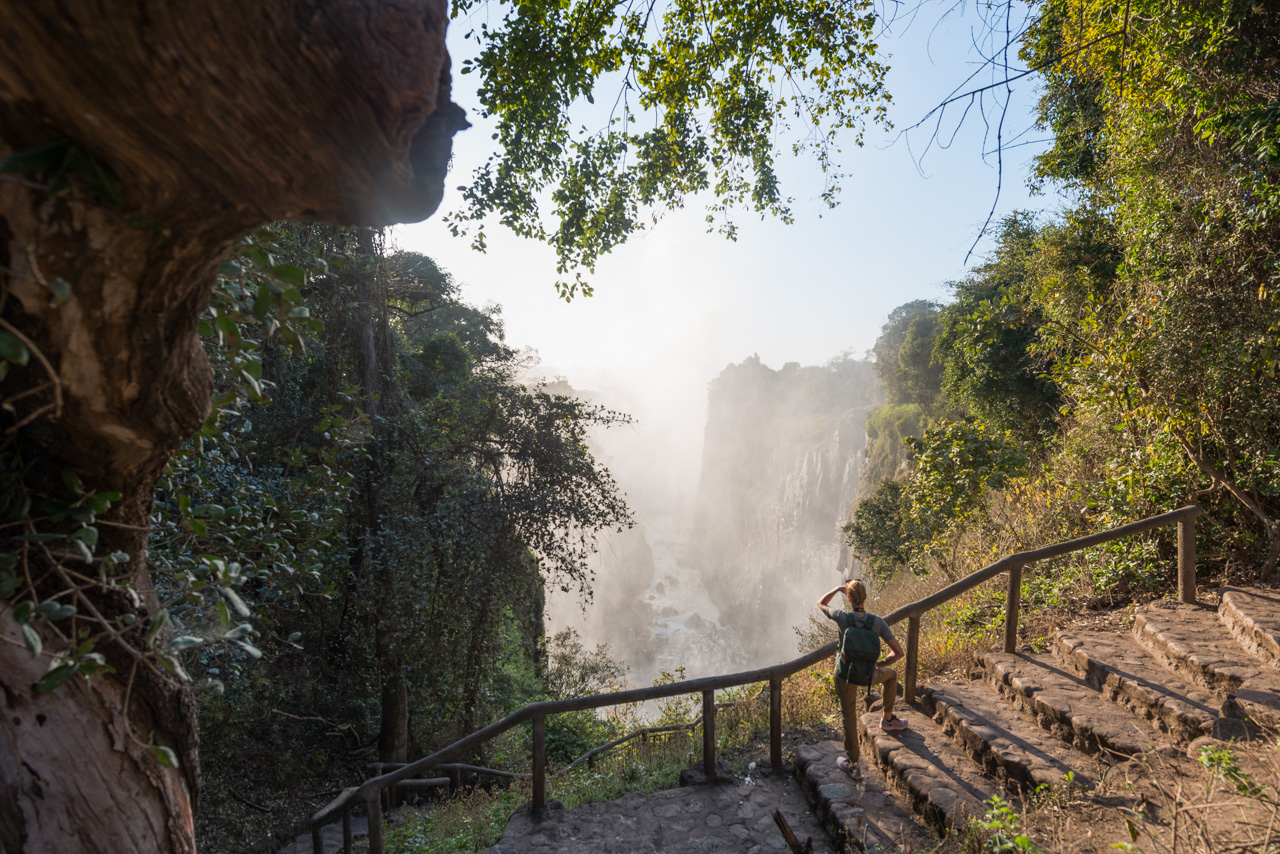
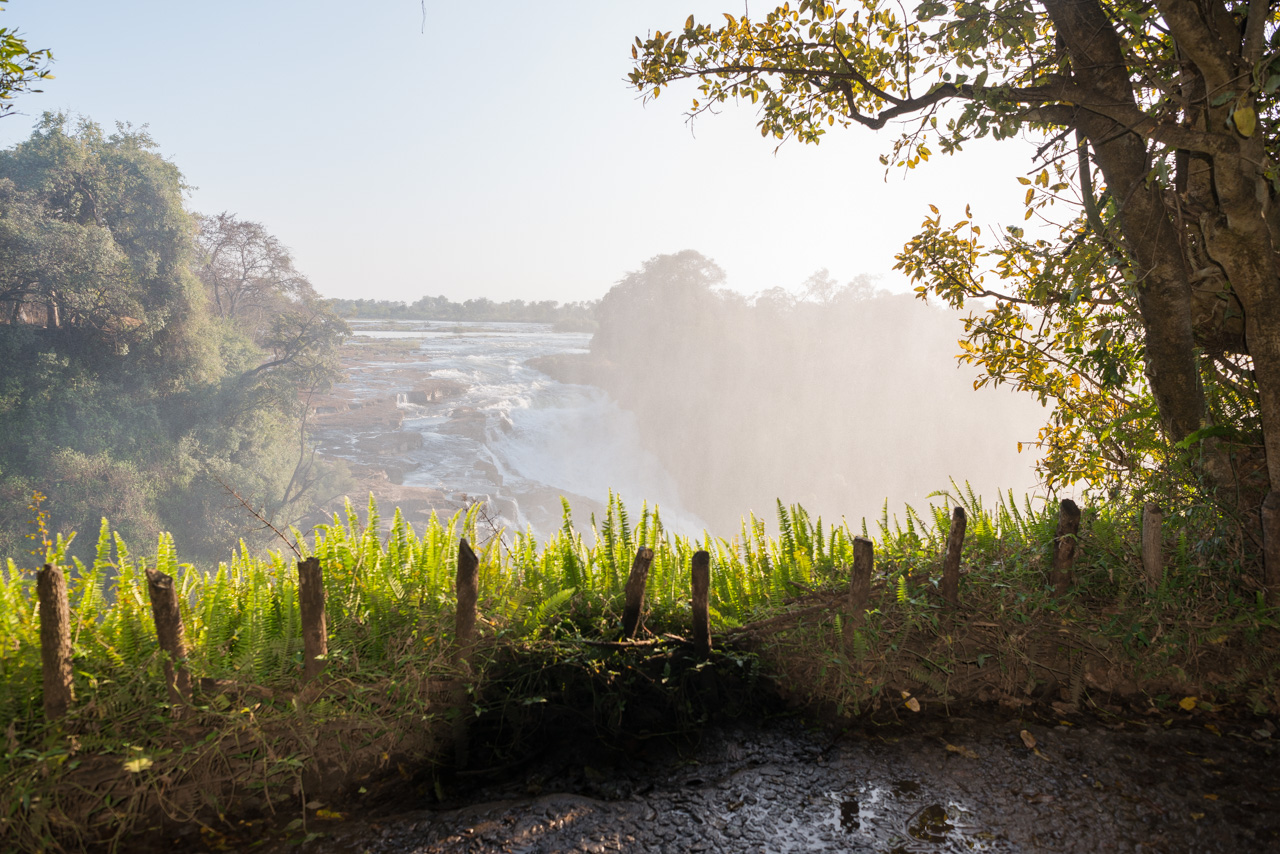
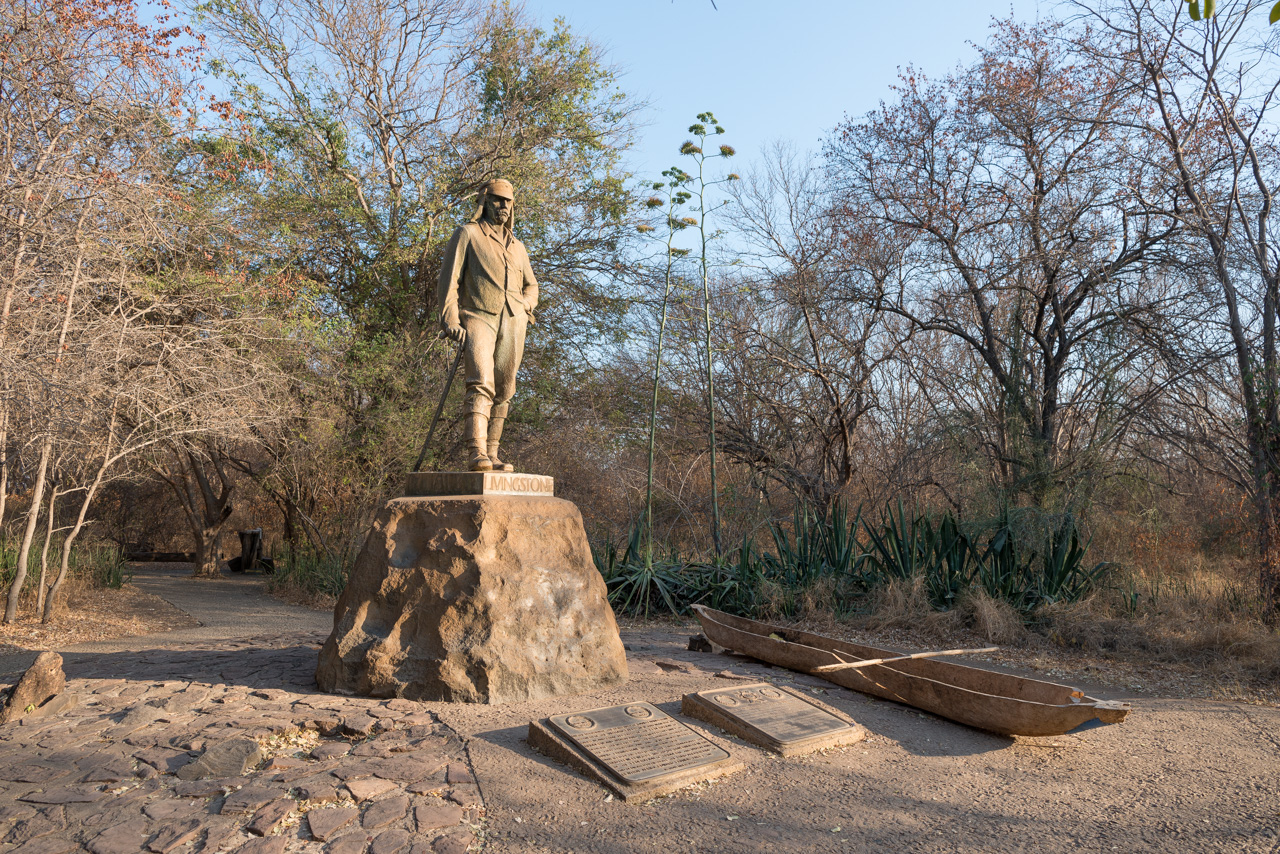
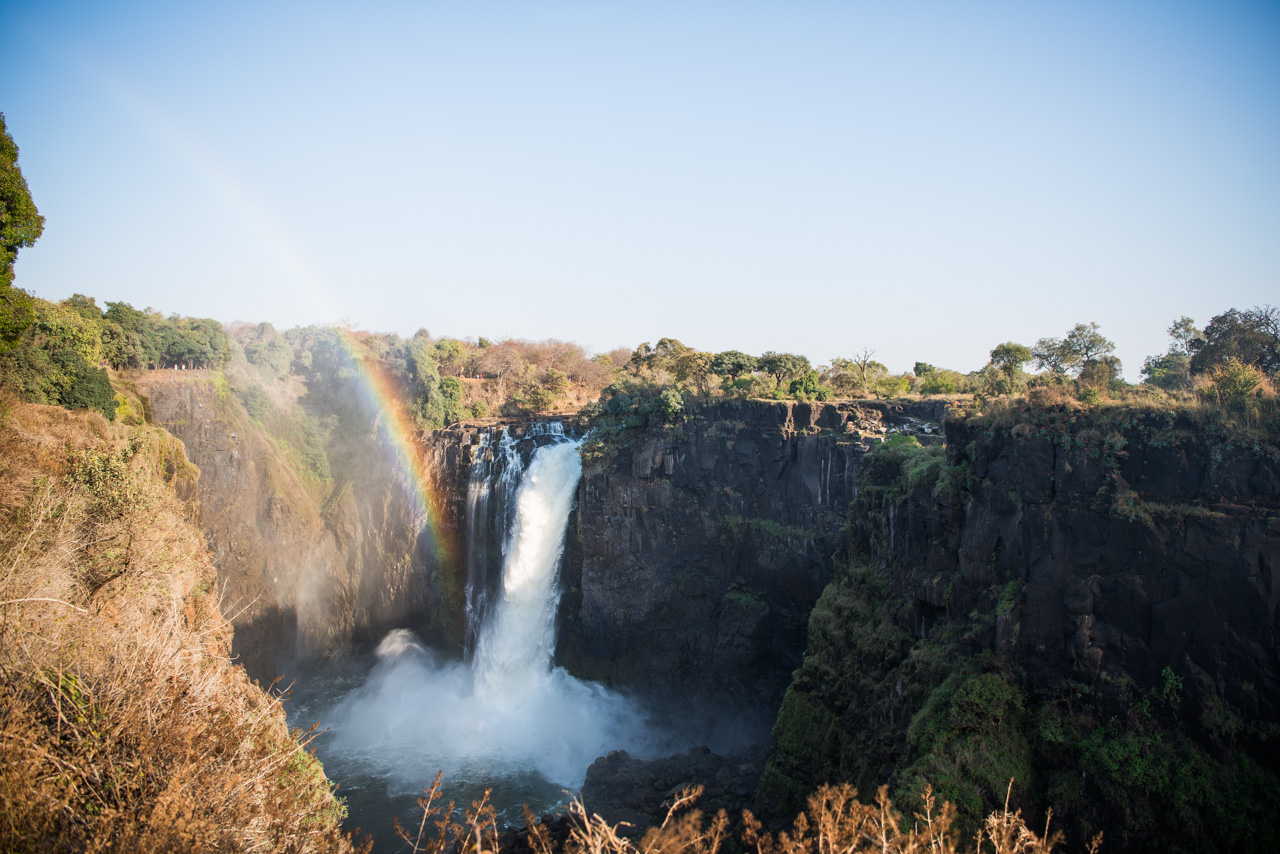
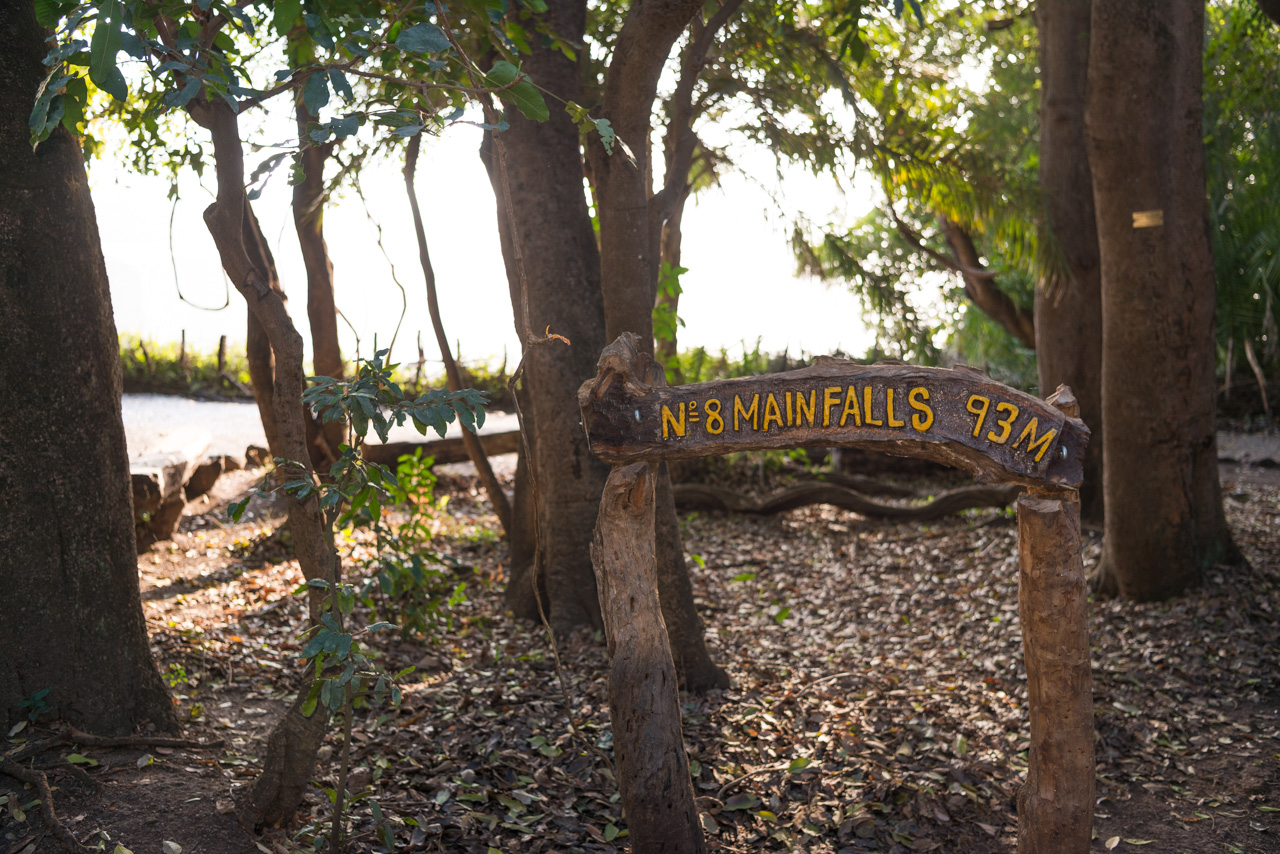
On the Zimbabwe side you can photograph and admire the entire waterfall from various vantage points. You may also like to visit the historic bridge, which the English had built over Batoka Gorge when they tried to establish a railway line from Cape Town to Cairo.
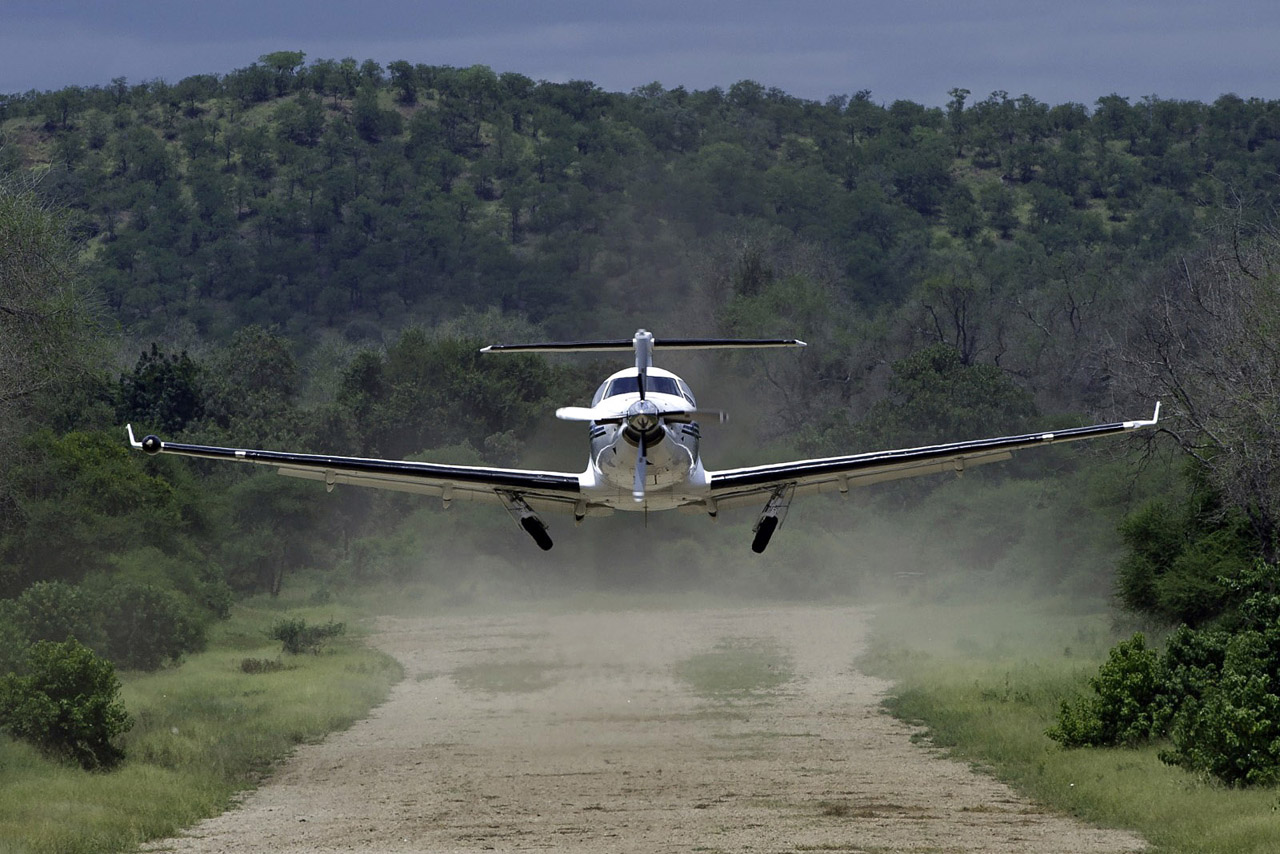

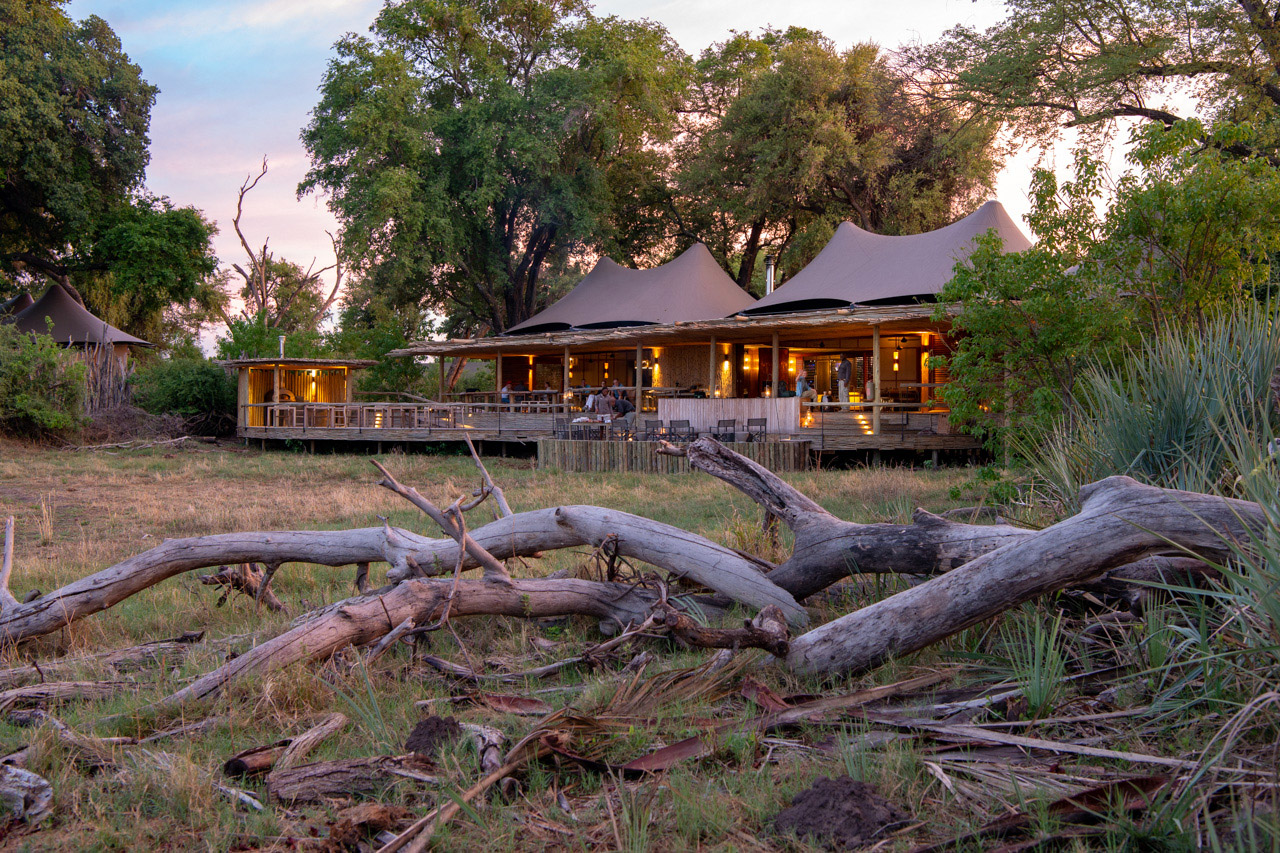
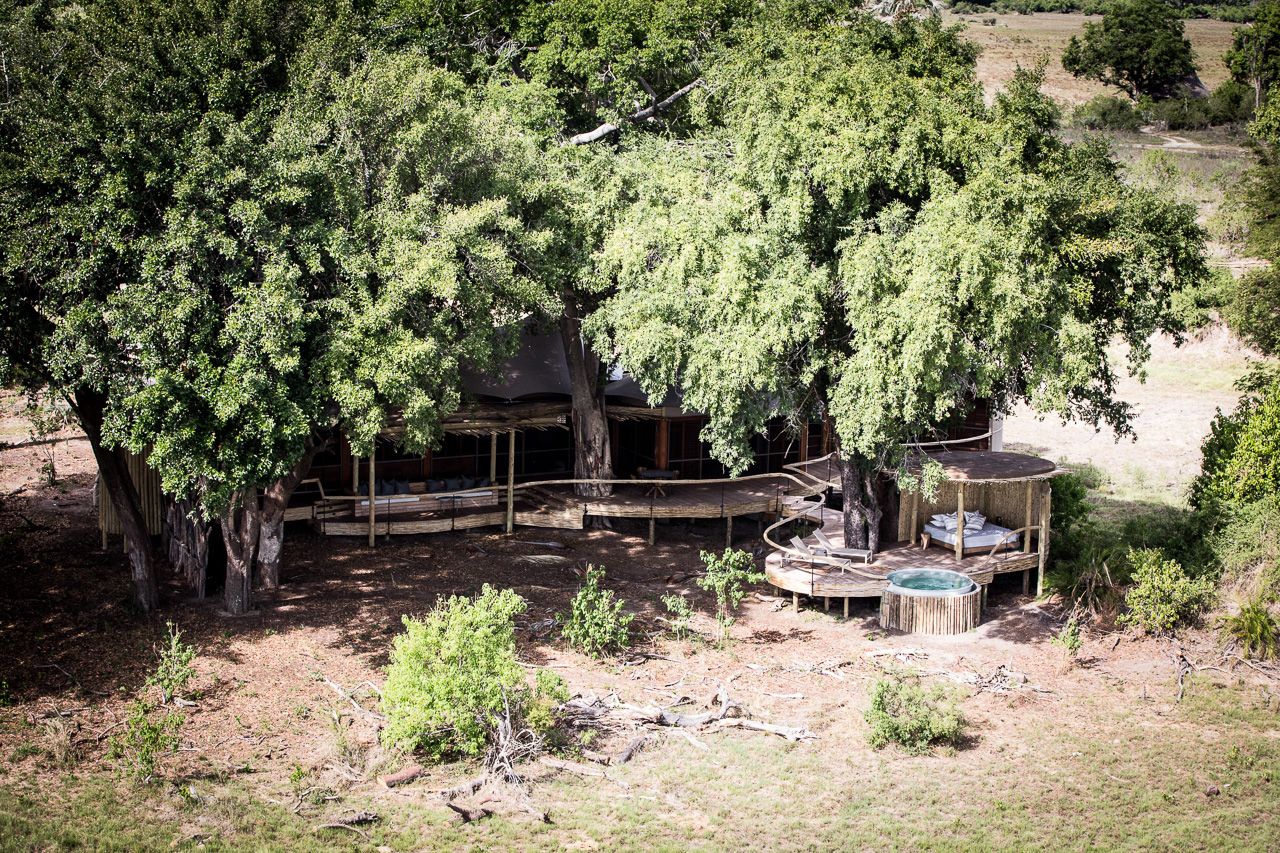
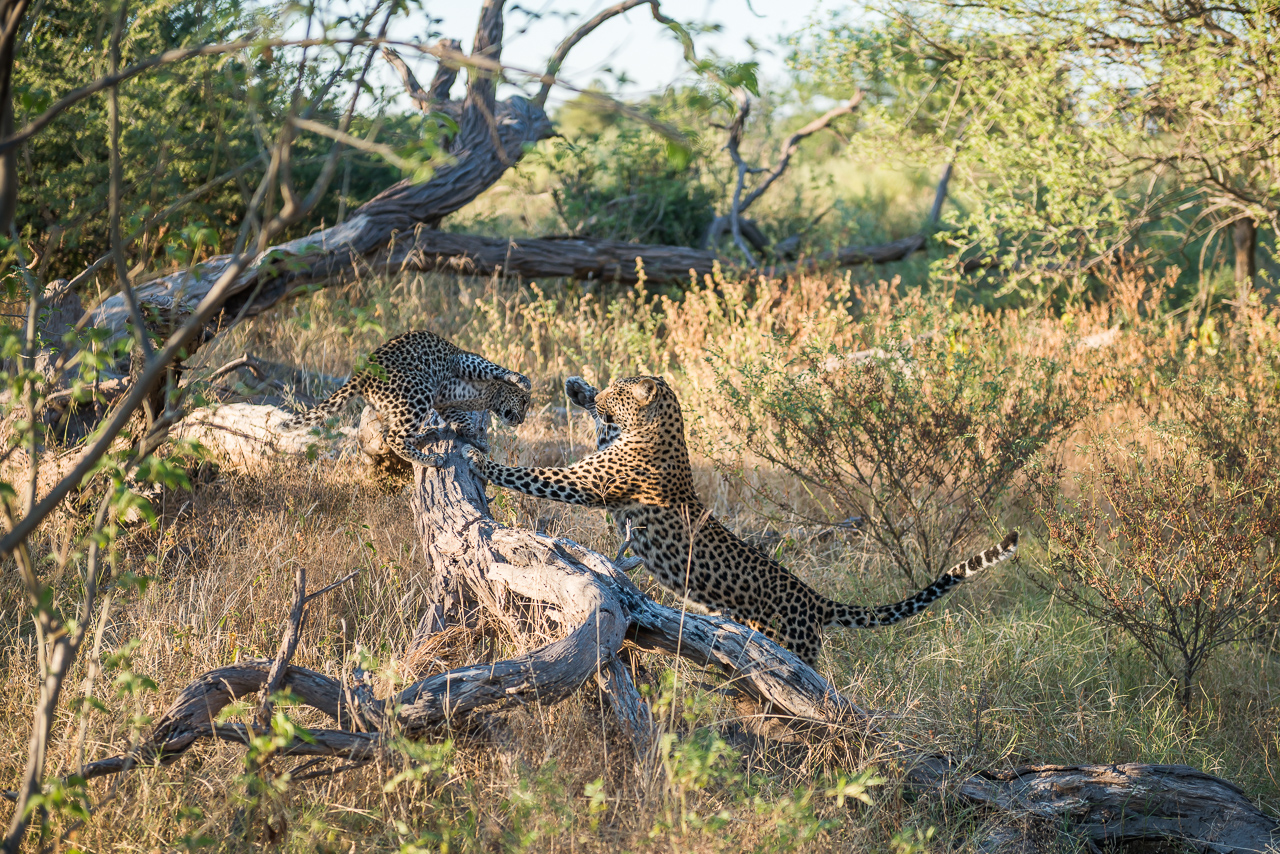
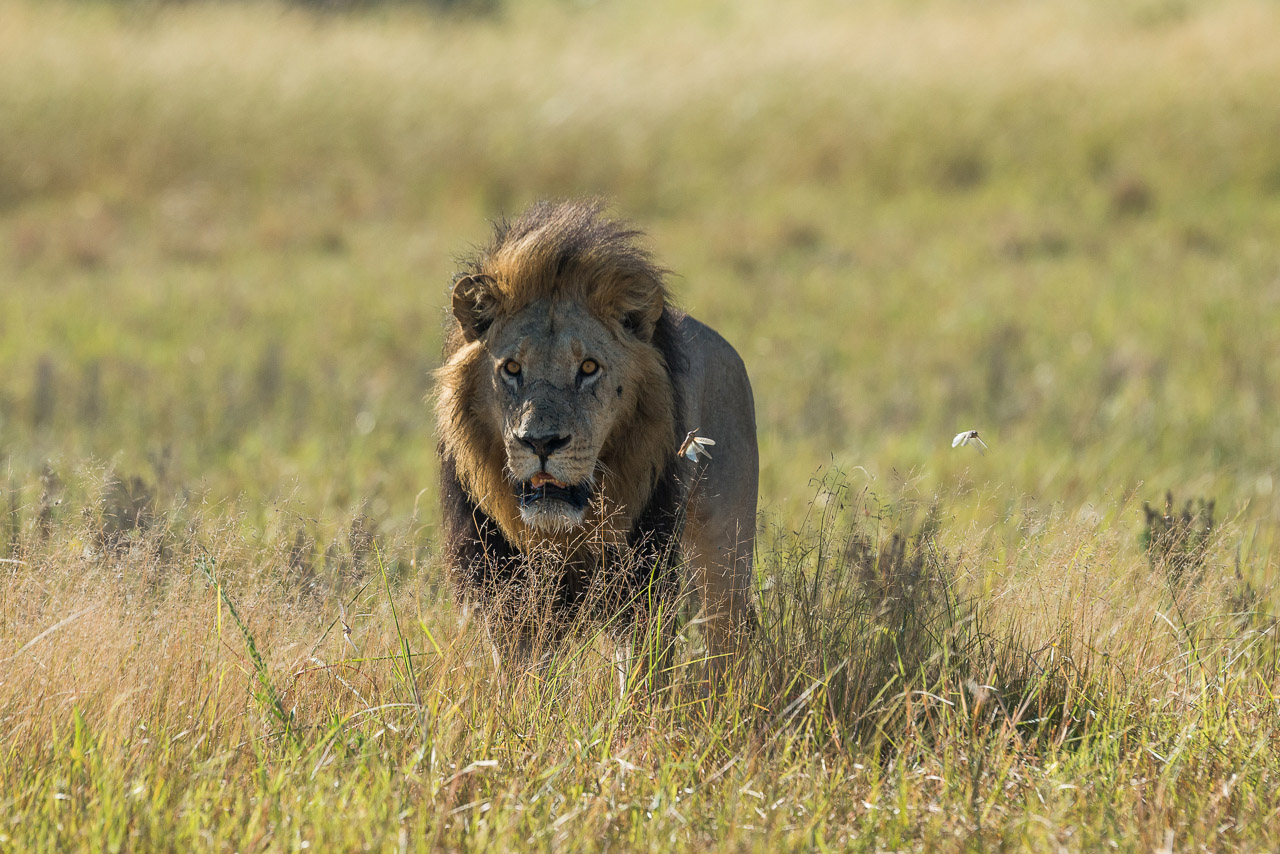
Accommodation
The rooms at Mombo (7 x twin + 1 x family room with two en-suite bedrooms) and Little Mombo (4 x twin) are generously equipped, each with a comfortable en-suite, living and sleeping area, indoor and outdoor shower, private bar, sala (outdoor lounger) and large veranda.
All rooms and main areas have large decks from where a huge variety of wildlife can be viewed at any time of day. The plain to the front of the camp fills with water during the floods, attracting a large number of water-loving red lechwe and buffalo.
Mombo and Little Mombo are linked by a long wooden walkway (approx. 5 minutes apart) with a swimming pool, gym and spa room as connecting elements. Both Mombo and Little Mombo have a stylish lounge, bar and dining area. A beautiful curio shop completes Mombo Camp's main building.
Mombo Camp is the flagship of Wilderness and unbeatable in its combination of luxury and pure wildlife action.
Chief's Island is the largest landmass in the Okavango Delta, and home to an incredible variety of wildlife. Both camps conduct game drives in the same area.
Mombo Camp is only accessible by light aircraft. The private airstrip is located just 15 minutes from the camp. Flight time to Maun in a Cessna Caravan is 30 minutes, and 1 hour 20 minutes to Kasane.
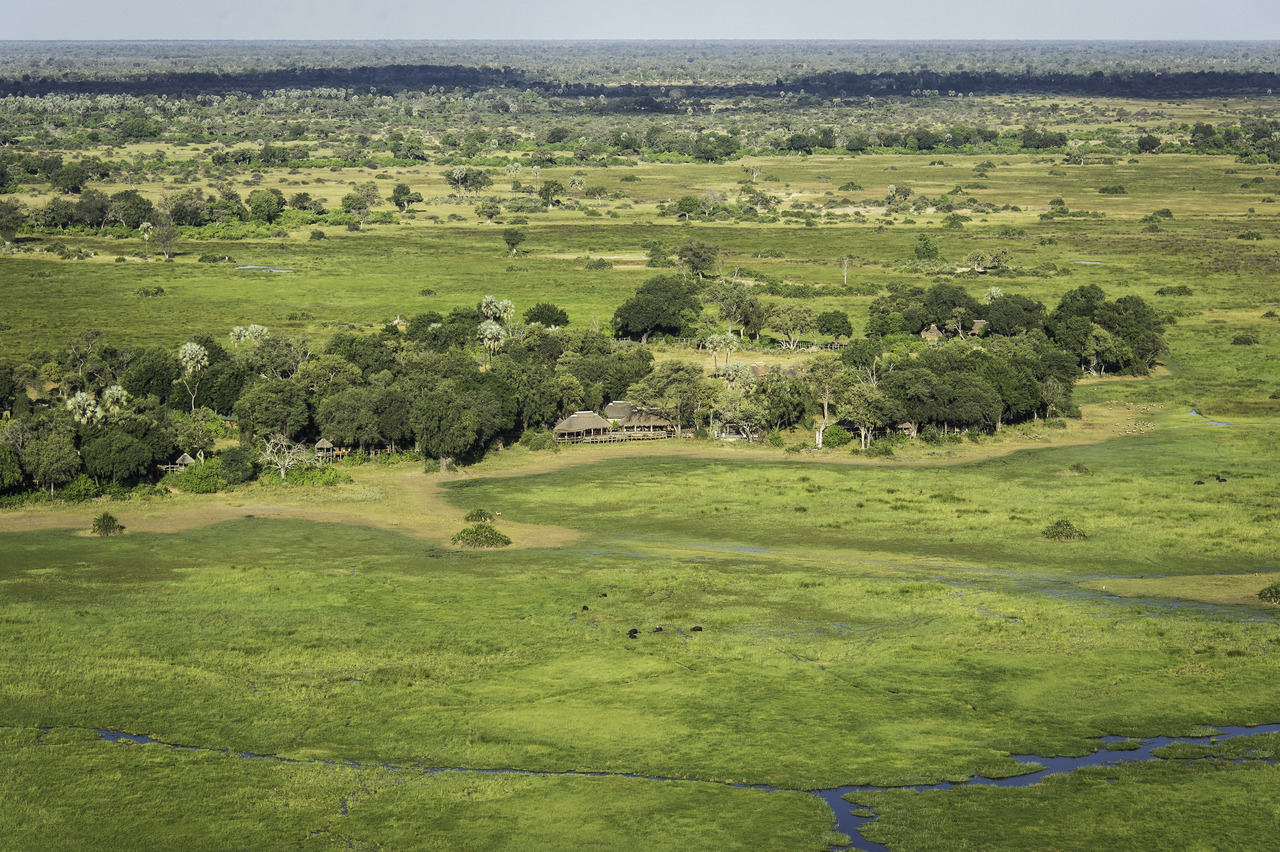
The Moremi was proclaimed a reserve in 1963 by the widow of Chief Moremi III and expanded in several stages thereafter. Today it covers around 30% of the entire Okavango Delta and adheres to a very strict protection policy.
Simply put, the Moremi Game Reserve comprises a lot of water and two large dry plains: the first is Chief's Island (home to the renowned Mombo Camp), which extends deep into the Okavango Delta. The second is known as the Mopane Tongue, the corners of which are marked in the Khwai region by the North Gate, South Gate, Mboma Island and Xakanaxa. Unlike Chief’s Island, whose camps are only accessible by air, the Mopane Tongue is accessible by vehicle.
Similar considerations apply to the Mopane Tongue as to the Chobe-Savuti region: overlanders and providers of mobile safaris travel from Maun to this area and camp at the public campsites or choose the more luxurious option of a private pitch. For this reason, when embarking on a flight safari, we recommend you choose the more expensive but private camps on Chief's Island for the ultimate safari experience.

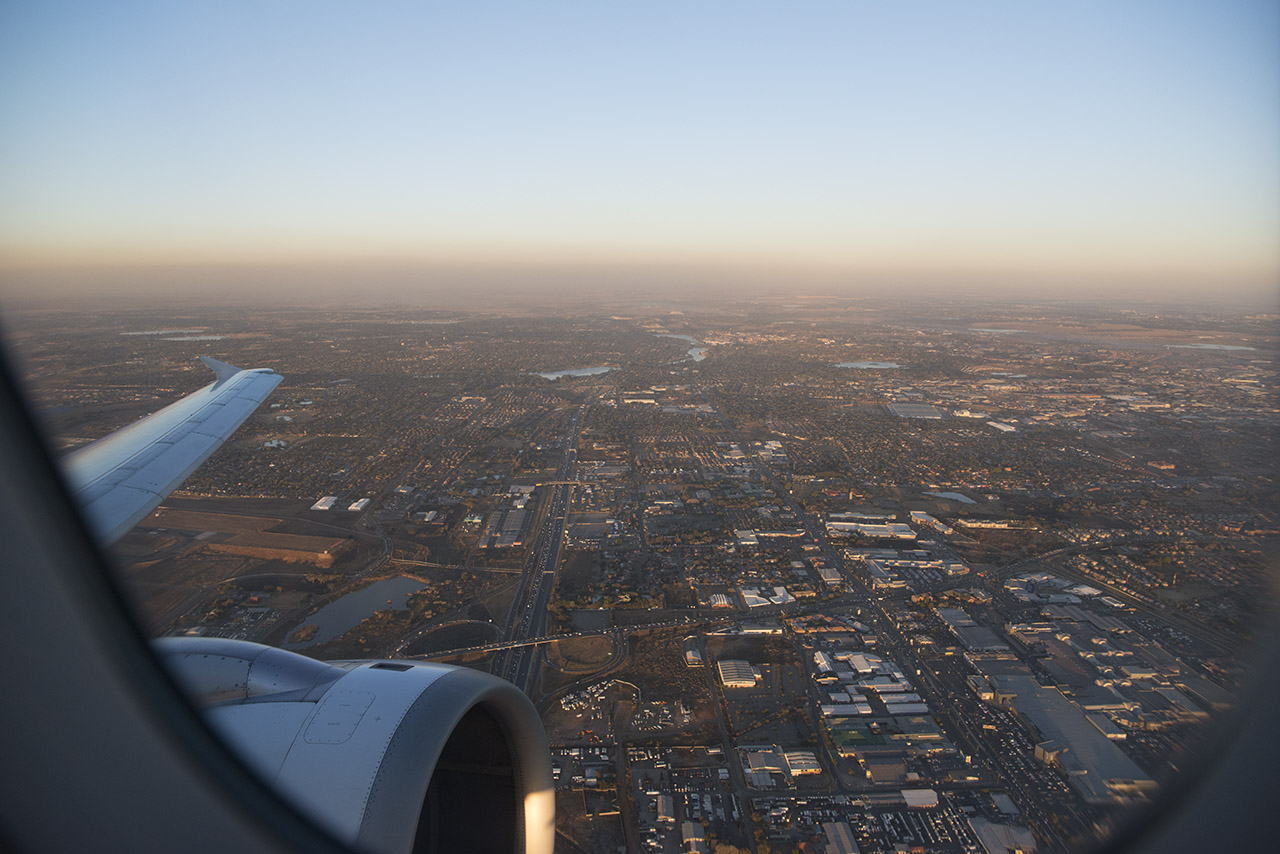
Basic Information
Individual journey. The journey will be planned on your preferred dates.
Duration 14 nights. Minimum age 6 years. Weight limit of luggage 25 kg.
Includes all transfers from Johannesburg to the hotels/camps to Johannesburg
- Tswalu Motse: Standard Room. All meals, all drinks (also from the wine cellar), minibar, laundry service, all safaris with private guide and tracker, horse riding, WiFi.
- Fish River Lodge: Standard Room. Dinner, breakfast.
- Little Kulala: Standard Room. All meals, drinks (except premier brands), laundry service, twice daily shared activities with one of the camp guides.
- Serra Cafema: Standard Room. All meals, drinks (except premier brands), laundry service, twice daily shared activities with one of the camp guides.
- Mpala Jena Camp: Suite. All meals, drinks (except premier brands), twice daily shared activities with one of the camp guides.
- Mombo & Little Mombo: Standard Room. All meals, drinks (except premier brands), laundry service, twice daily shared activities with one of the camp guides.
Learn more about these areas












